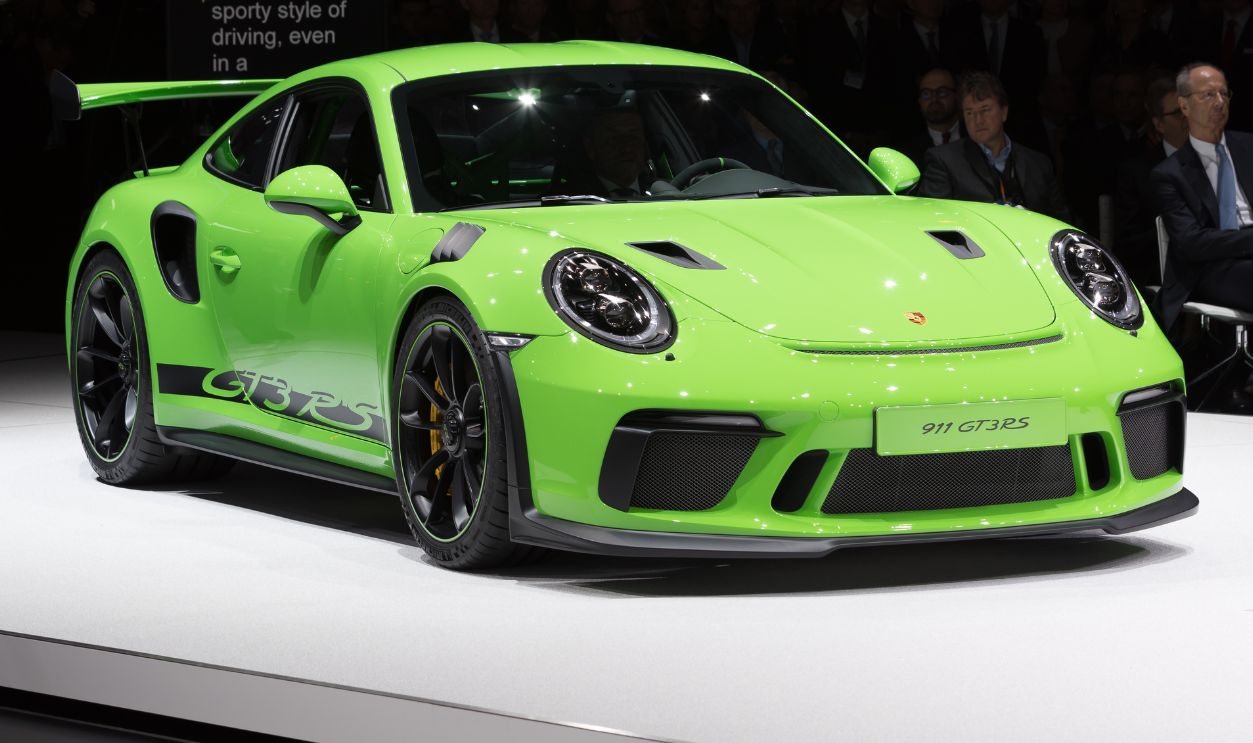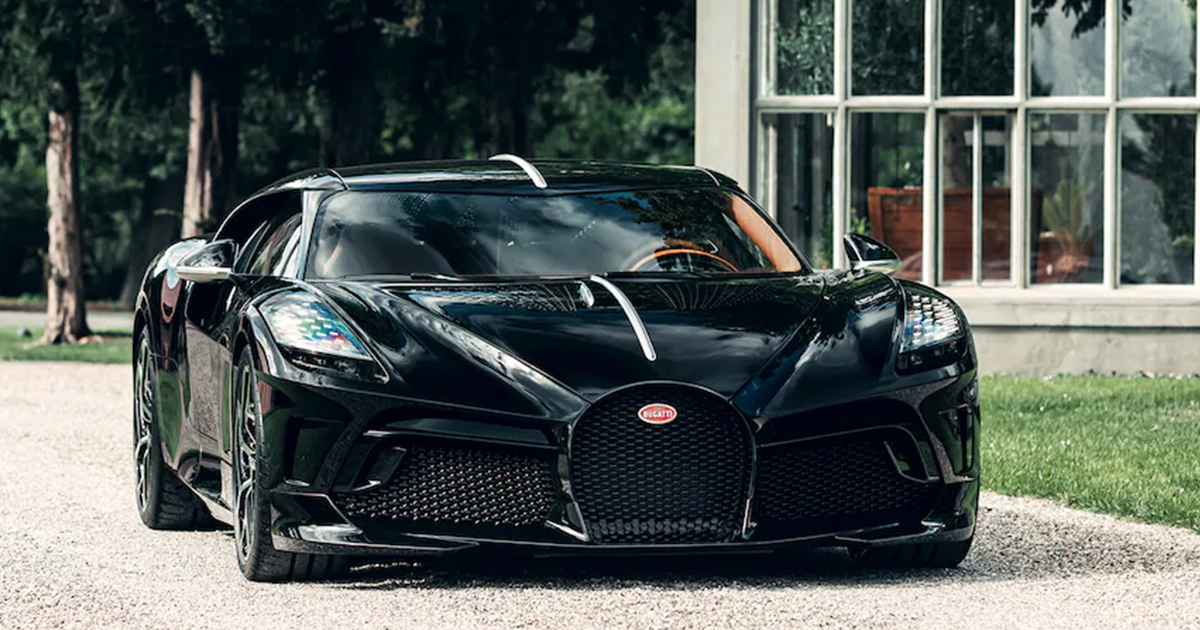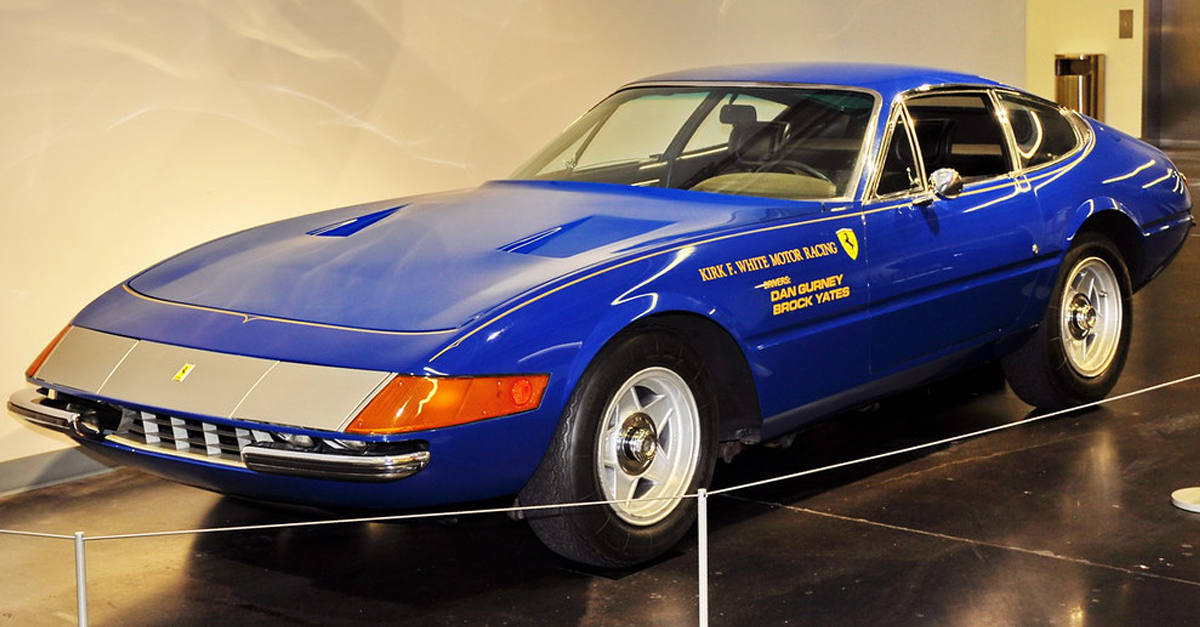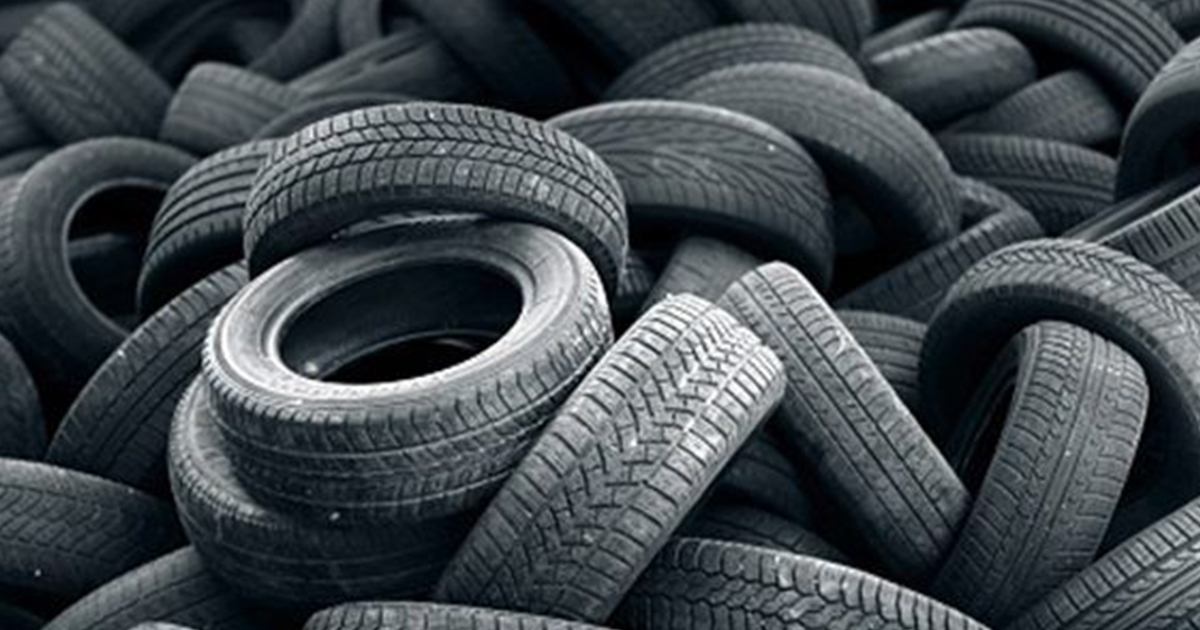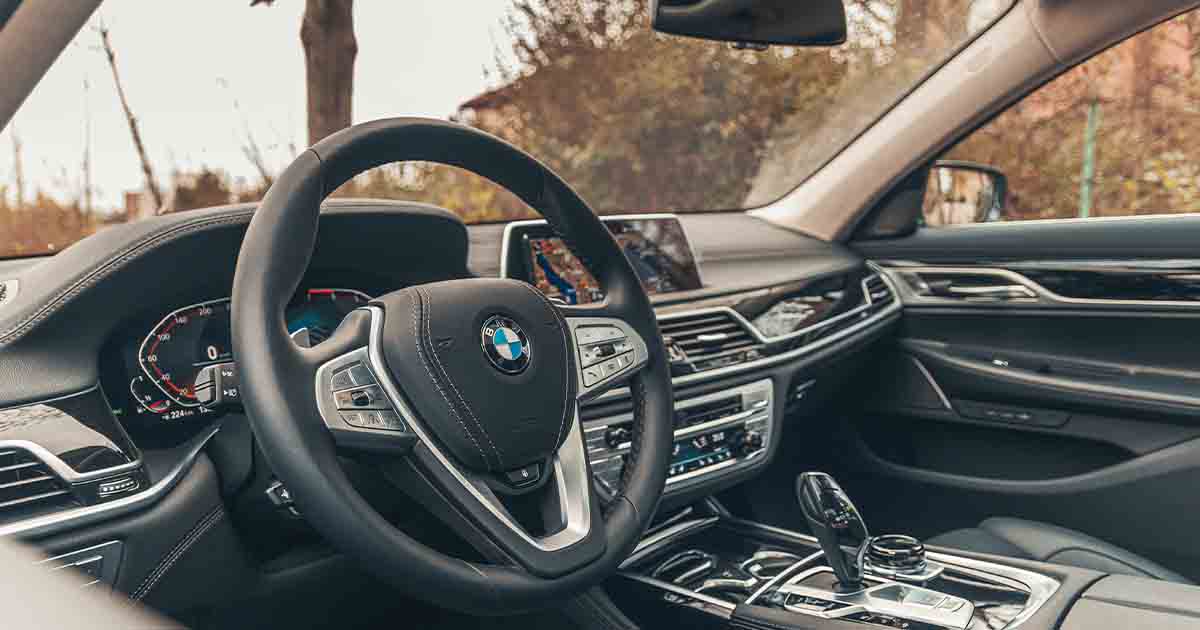A Symbol Of Excellence
Since releasing its first car in 1948, Porsche has remained committed to quality production and unending innovation. Several of its models, like the 15 you're about to see, have smashed records, introduced innovations in engineering and design, and creatively adapted to changing times.
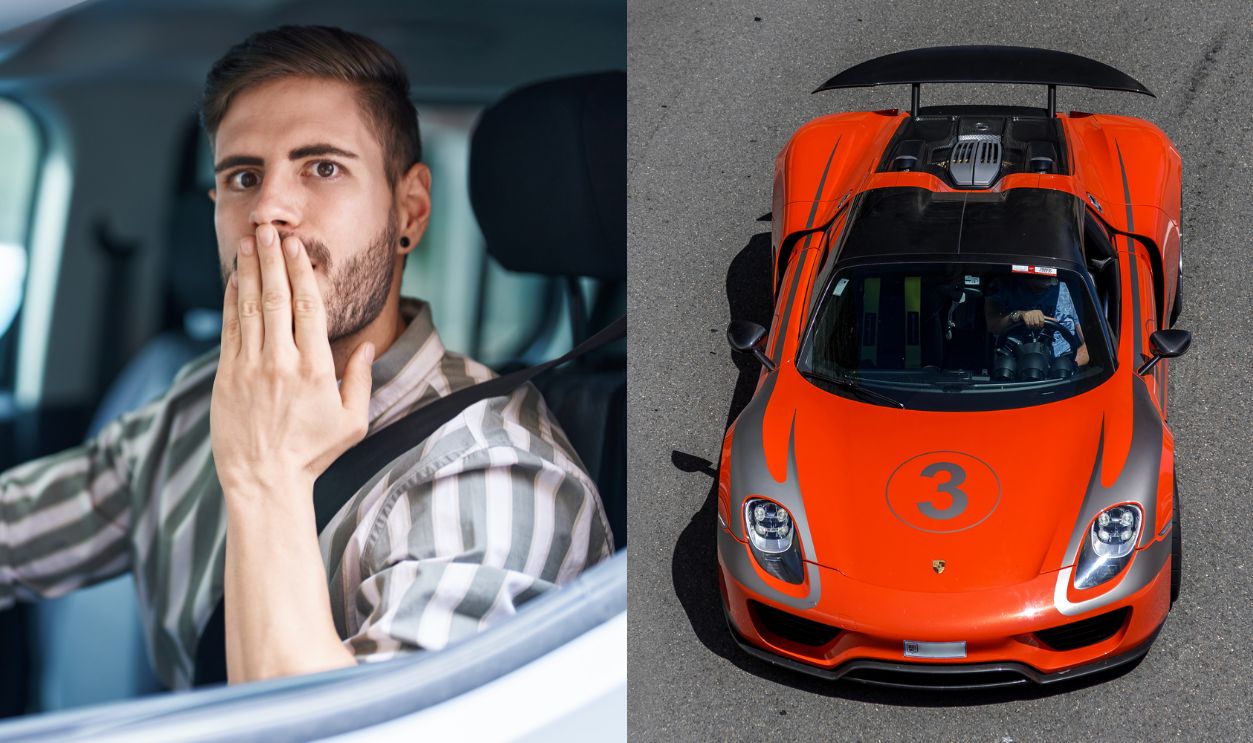
Porsche 959
The Porsche 959 was designed to compete in Group B rally racing and displayed the brand's capabilities. Although initially marketed as a homologation special, it evolved into one of the fastest road cars of its time, and its production lasted until 1993.
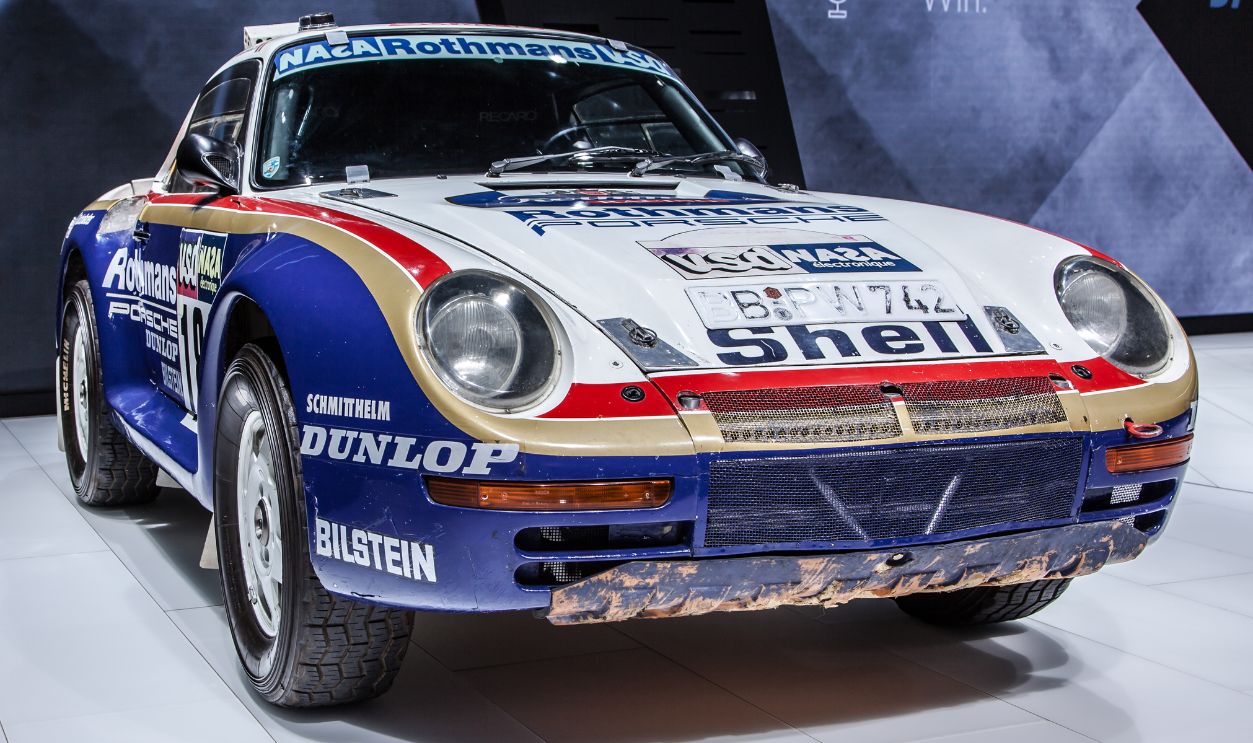 Alexander Migl, CC BY-SA 4.0, Wikimedia Commons
Alexander Migl, CC BY-SA 4.0, Wikimedia Commons
Advanced All-Wheel Drive System
Its innovative features included its all-wheel-drive system, also known as the Porsche-Steuer Kupplung (PSK). This incredible system affected the car's handling and traction and distributed power between the front and rear wheels, depending on the conditions.
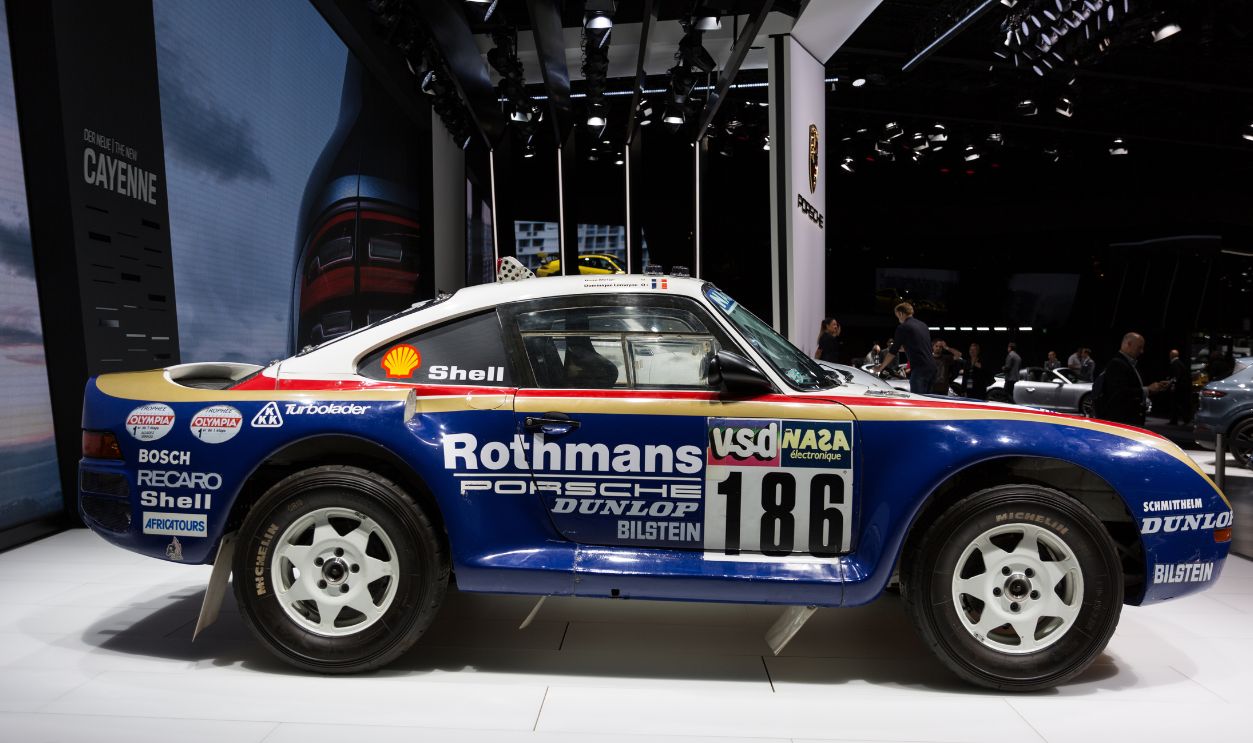 Matti Blume, CC BY-SA 4.0, Wikimedia Commons
Matti Blume, CC BY-SA 4.0, Wikimedia Commons
Crazy Aerodynamics For Speed And Stability
The Porsche 959's design also focused on aerodynamics. Its sleek body enhanced stability, while its shape had a low drag coefficient of 0.31. Because of its aerodynamic efficiency, the car maintained excellent fuel efficiency and could reach top speeds of 195 mph.
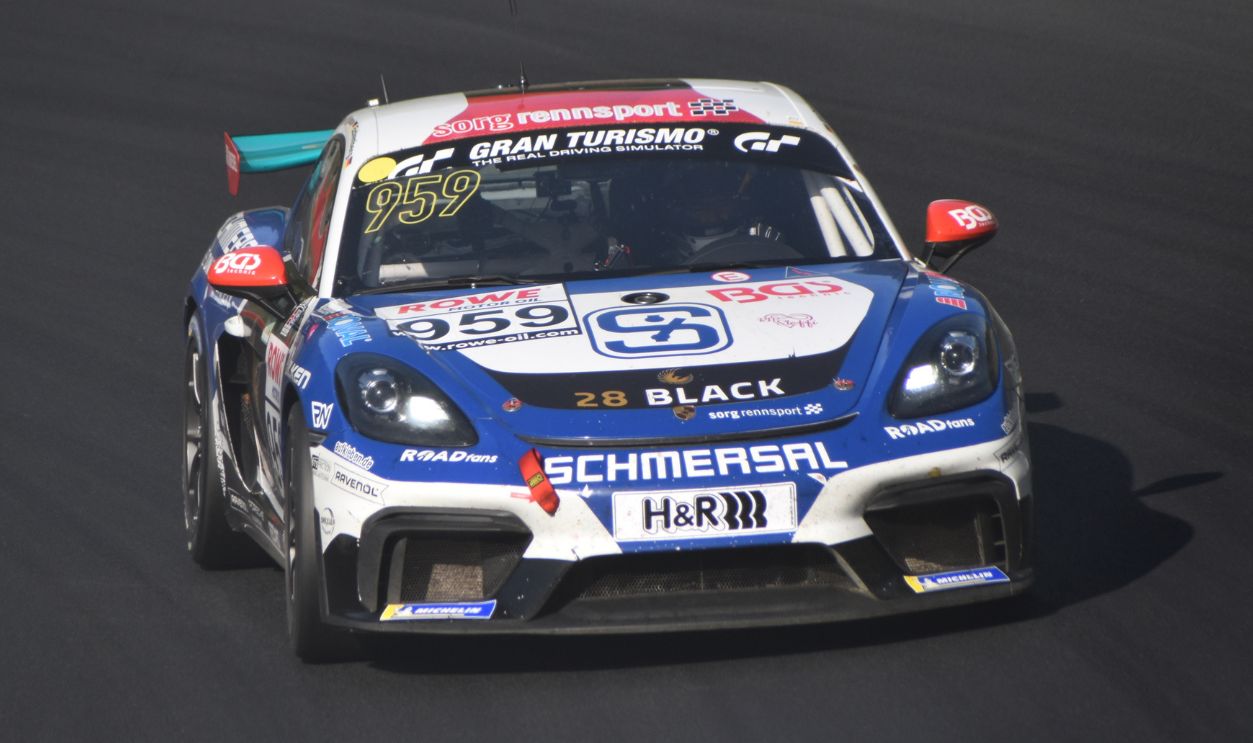 SunflowerYuri, CC BY-SA 4.0, Wikimedia Commons
SunflowerYuri, CC BY-SA 4.0, Wikimedia Commons
Porsche 918 Spyder
Porsche revealed the 918 Spyder in 2010 to demonstrate its shift to hybrid hypercars. Developed as a successor to the Carrera GT, the 918 Spyder had only 918 units, each combining a naturally aspirated 4.6-liter V8 engine with two electric motors.
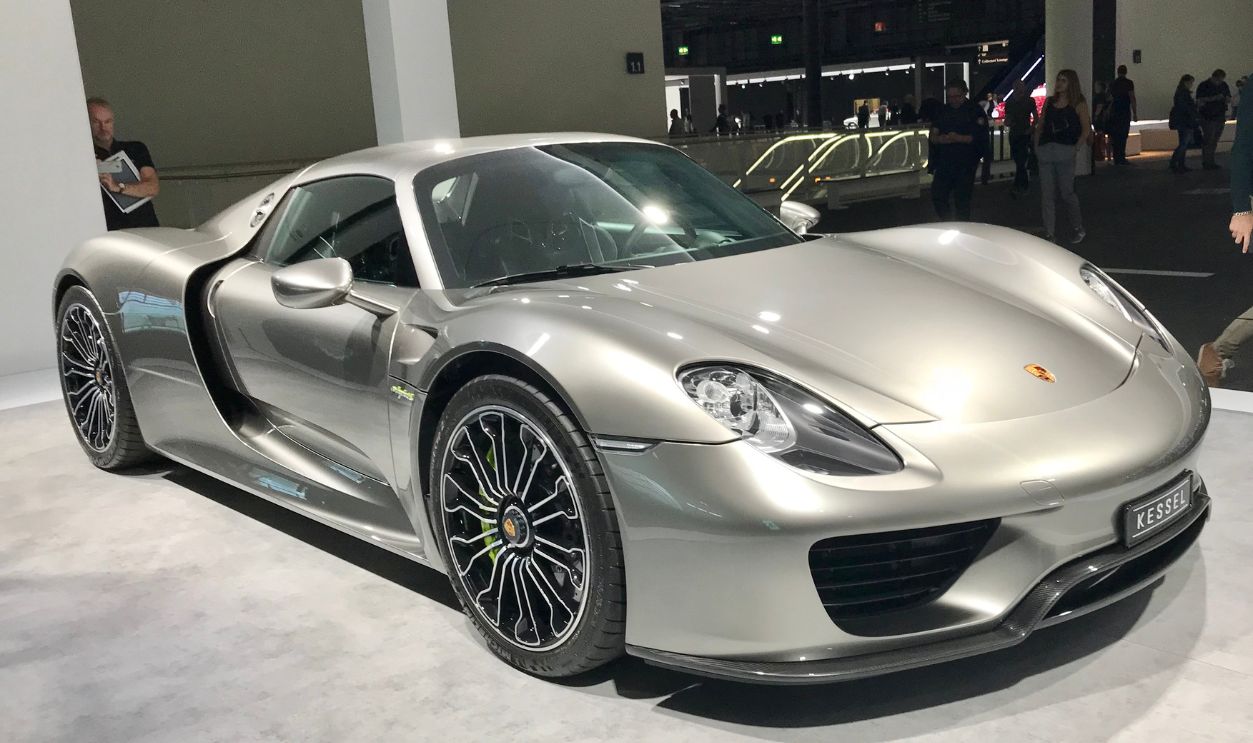 Ank Kumar, CC BY-SA 4.0, Wikimedia Commons
Ank Kumar, CC BY-SA 4.0, Wikimedia Commons
Power Distribution
The Spyder was extremely successful due to its features. In this unit, an electric motor powered the front axle, while a combination of the V8 engine and another electric motor drove the rear axle. This way, the car could independently control power distribution between the wheels.
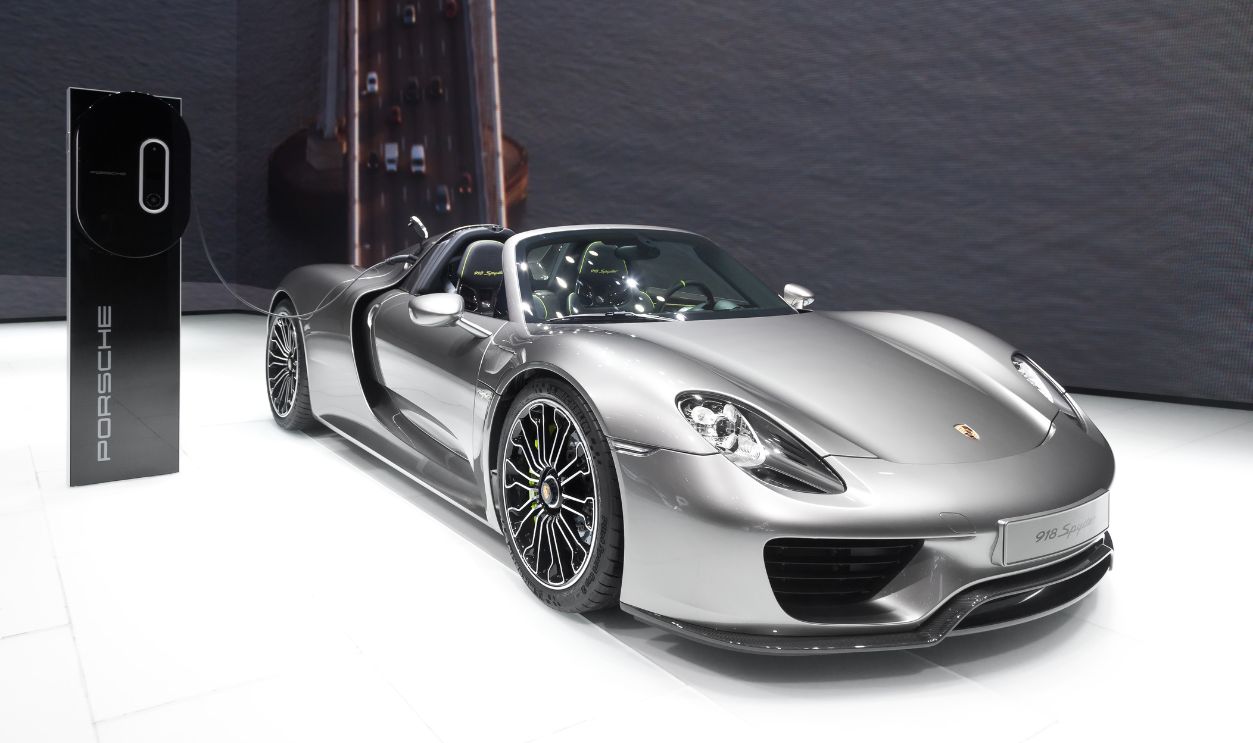 Thomas Wolf, CC BY-SA 3.0 DE, Wikimedia Commons
Thomas Wolf, CC BY-SA 3.0 DE, Wikimedia Commons
An Indisputable Technological Heritage
In what is now seen as a wise move, the 918 Spyder used technologies derived from Porsche's racing experience. These include the hybrid system developed from the Porsche 911 GT3 R Hybrid race car. It's safe to say that this decision powerfully resonated with Porsche fans and car enthusiasts.
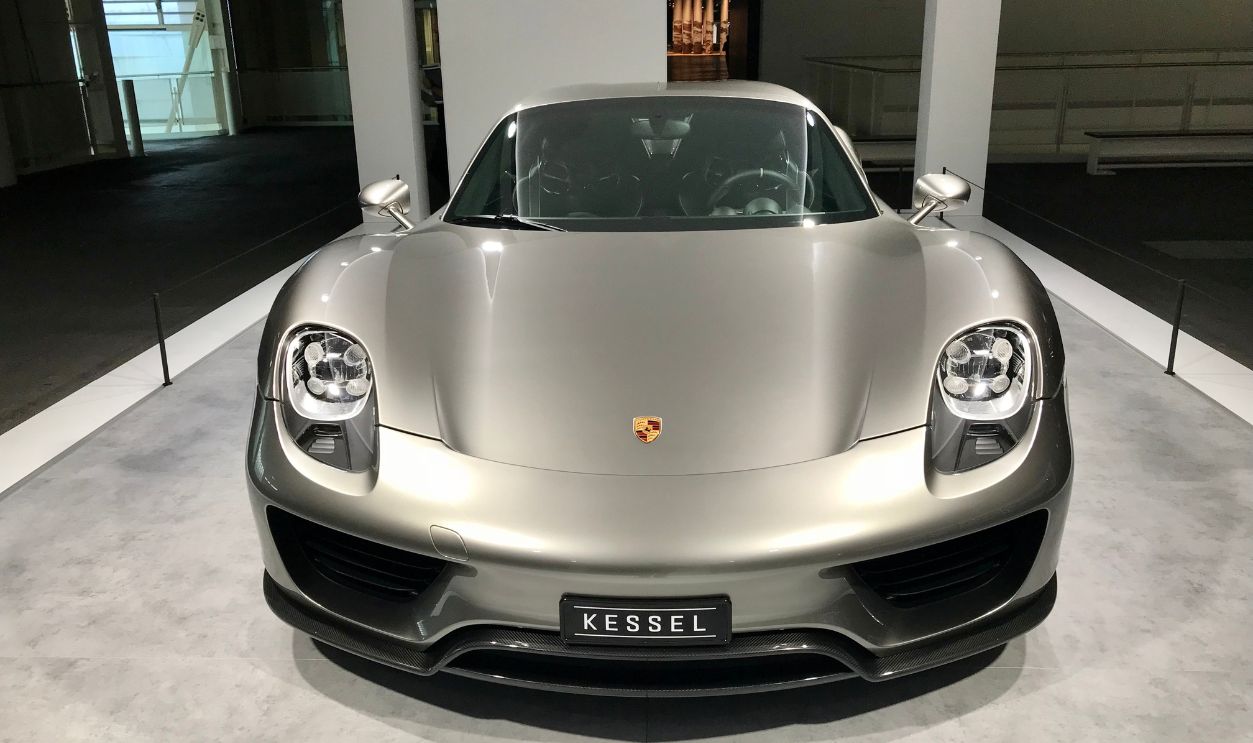 Ank Kumar, CC BY-SA 4.0, Wikimedia Commons
Ank Kumar, CC BY-SA 4.0, Wikimedia Commons
Porsche 928
In many ways, the Porsche 928 was a significant and yet successful departure from Porsche's traditional design philosophy. Though the brand initially focused on rear-engine, air-cooled sports cars, it crafted the 928 to be a more comfortable, front-engine, water-cooled alternative.
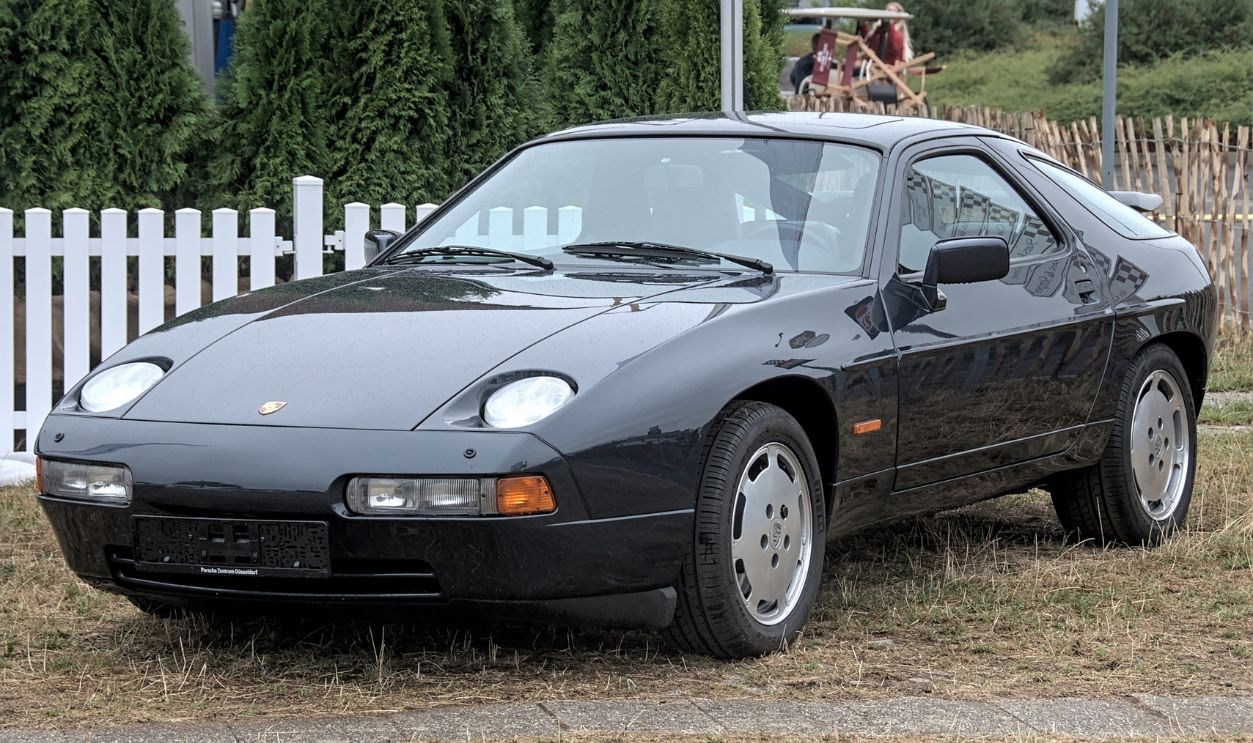 Alexander Migl, CC BY-SA 4.0, Wikimedia Commons
Alexander Migl, CC BY-SA 4.0, Wikimedia Commons
Impressive Engineering And Design
The car also combined a lightweight aluminum body with a rear-wheel-drive layout. Thanks to its transaxle layout, which placed the gearbox at the rear, it had a near-perfect 50/50 weight distribution. This balance provided exceptional handling characteristics that were rare for contemporary front-engine cars.
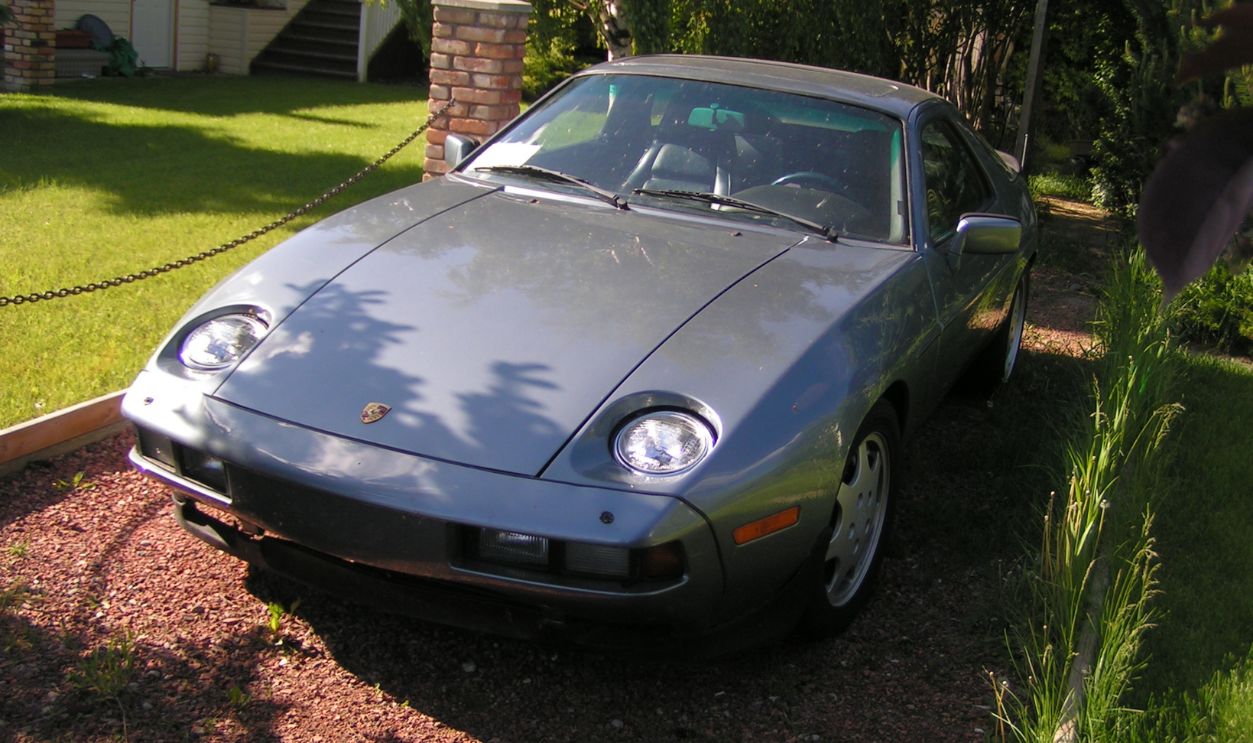 dave_7, CC BY-SA 2.0, Wikimedia Commons
dave_7, CC BY-SA 2.0, Wikimedia Commons
Advanced Technology And Features Reigned Supreme
Porsche's 928 was one of the first cars to feature a Weissach axle, a unique rear-wheel steering mechanism that improved high-speed stability and cornering precision. Its design also included advanced features like power-assisted steering and ABS brakes.
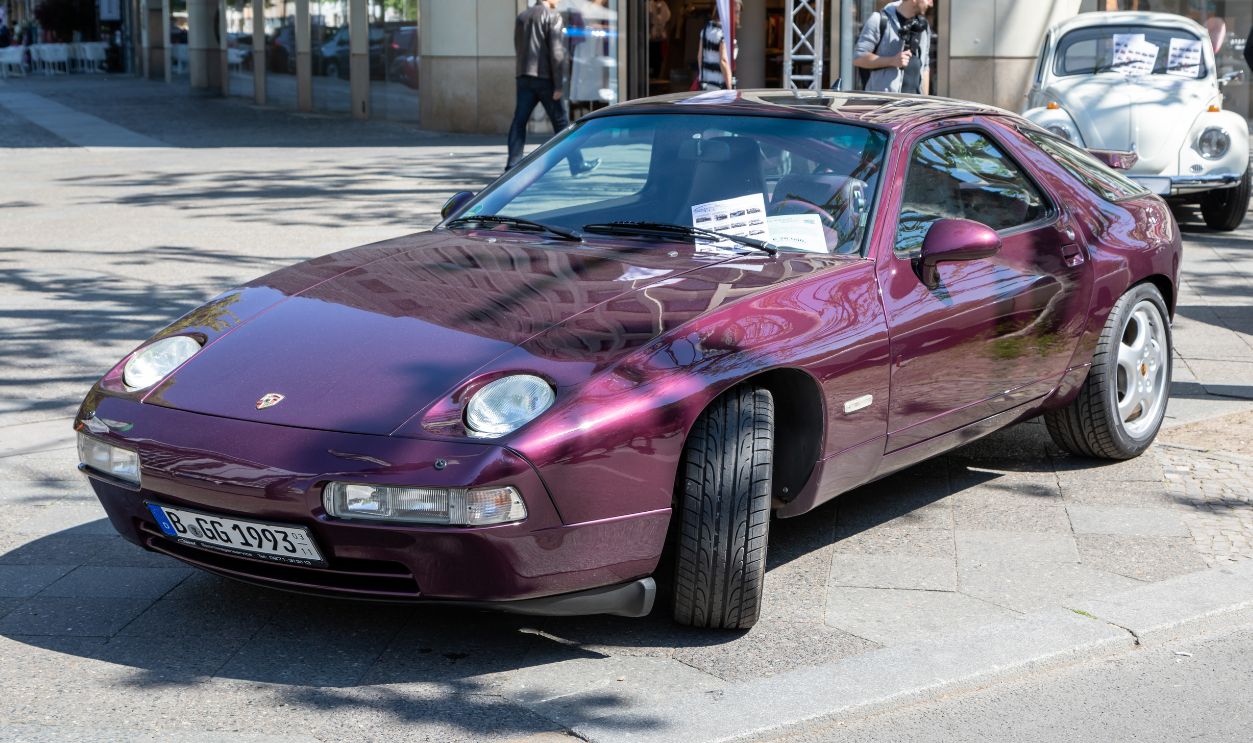 Matti Blume, CC BY-SA 4.0, Wikimedia Commons
Matti Blume, CC BY-SA 4.0, Wikimedia Commons
Porsche 911 Turbo
Porsche's first production car, the Porsche 911, featured a turbocharger. The brand probably felt turbocharged engines were like magic wands that brought racing success. This change was necessary even though the original 911 Turbo, known as the 930, had a 3.0-liter flat-six engine.
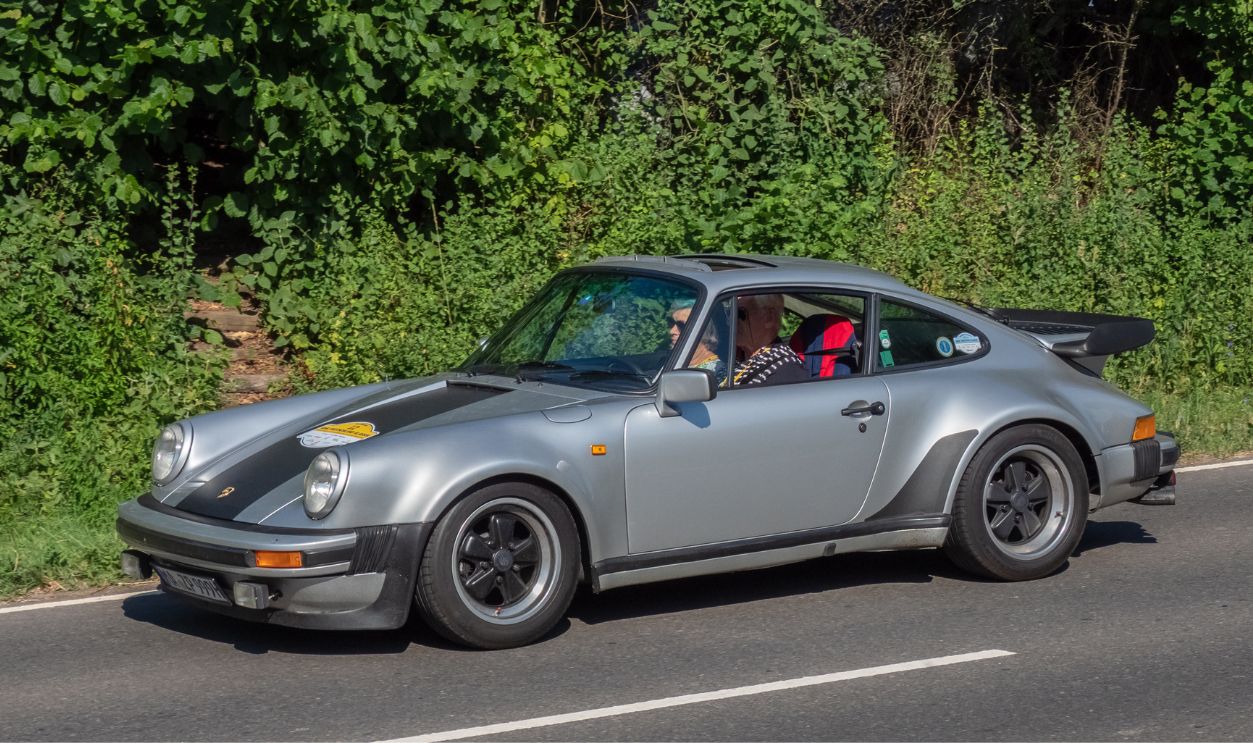 Reinhold Möller, CC BY-SA 4.0, Wikimedia Commons
Reinhold Möller, CC BY-SA 4.0, Wikimedia Commons
The Design Was Timeless
Another important factor in the 911 Turbo's success is its timeless design. Porsche added a sloping roofline, wide rear arches, and round headlights to make it beautiful yet practical. This combination really spoke to their fans.
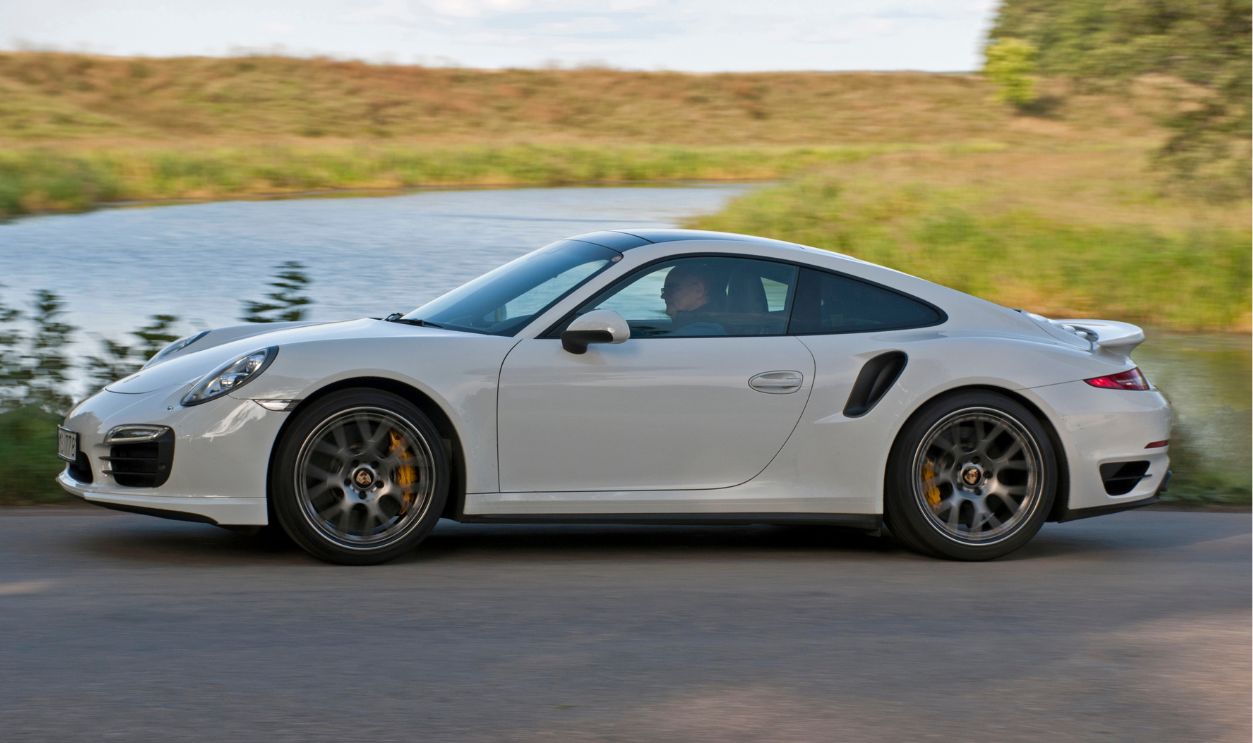 Staffan Andersson, CC BY-SA 4.0, Wikimedia Commons
Staffan Andersson, CC BY-SA 4.0, Wikimedia Commons
Versatility And Daily Usability
Though other supercars offered performance and sacrificed practicality, the 911 Turbo balanced both qualities. Its spacious cabin, next-generation driver assistance systems, and hitch-free ride are proof of this, and so it makes an excellent choice for long journeys or daily commutes.
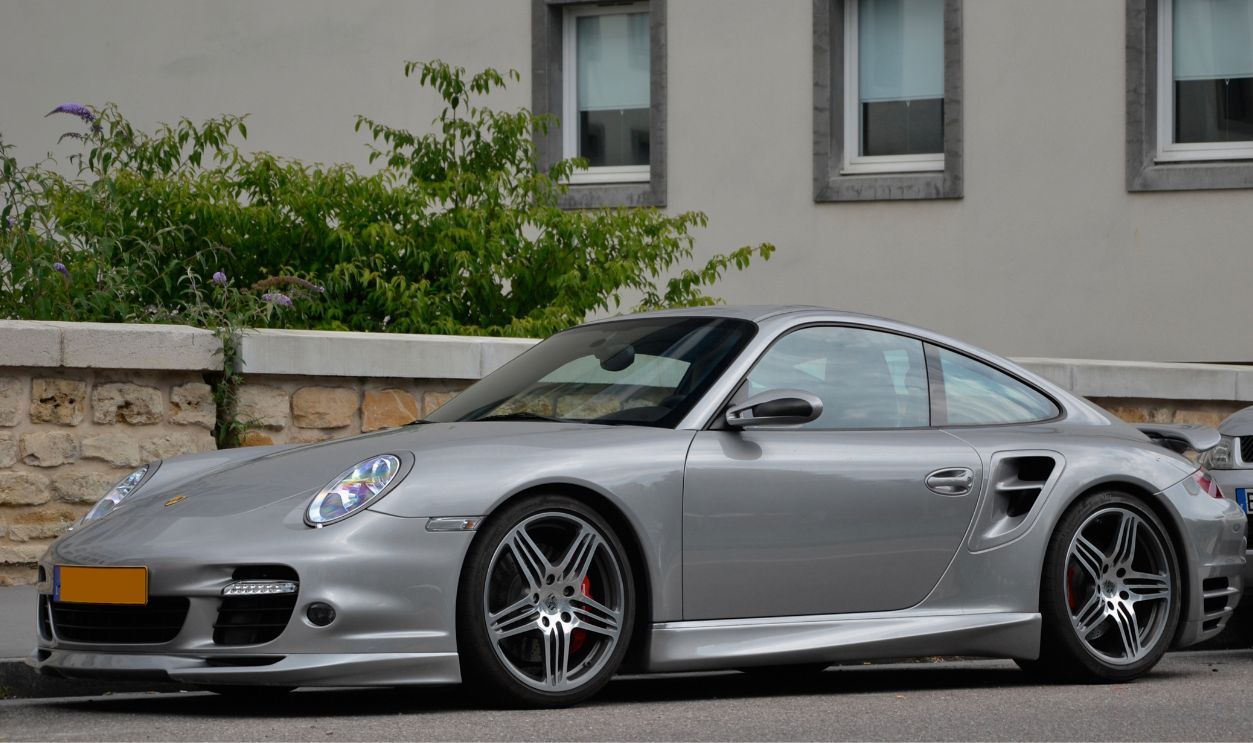 Alexandre Prévot, CC BY-SA 2.0, Wikimedia Commons
Alexandre Prévot, CC BY-SA 2.0, Wikimedia Commons
Porsche 356
Porsche produced the Porsche 356 from 1948 until 1965. Designed by Ferdinand "Ferry" Porsche, this successful project was lightweight and had a rear engine. It later became the foundation for Porsche's successful automotive adventures.
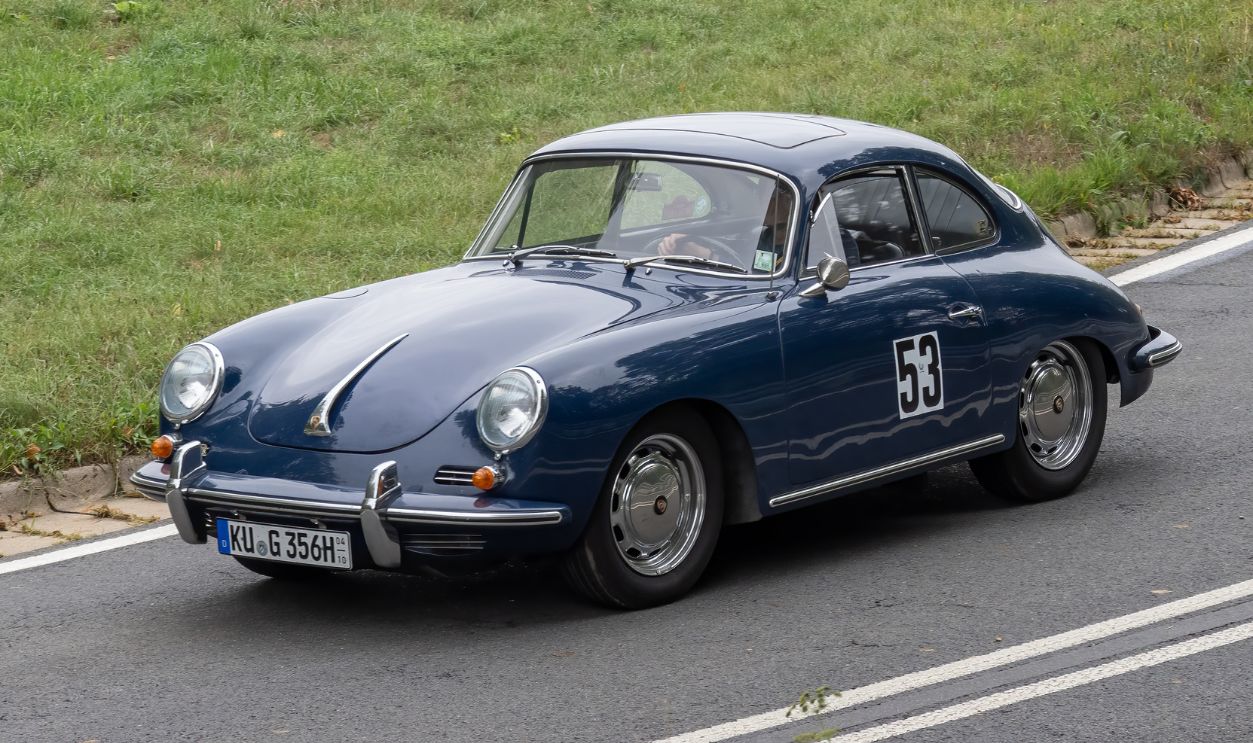 Reinhold Möller, CC BY-SA 4.0, Wikimedia Commons
Reinhold Möller, CC BY-SA 4.0, Wikimedia Commons
Performance And Durability
As a reliable Porsche model, the 356 had air-cooled, flat-four engines with commendable power-to-weight ratios. Its engines, obtained initially from the Volkswagen Beetle, continued to evolve to provide maximum power output and dependability.
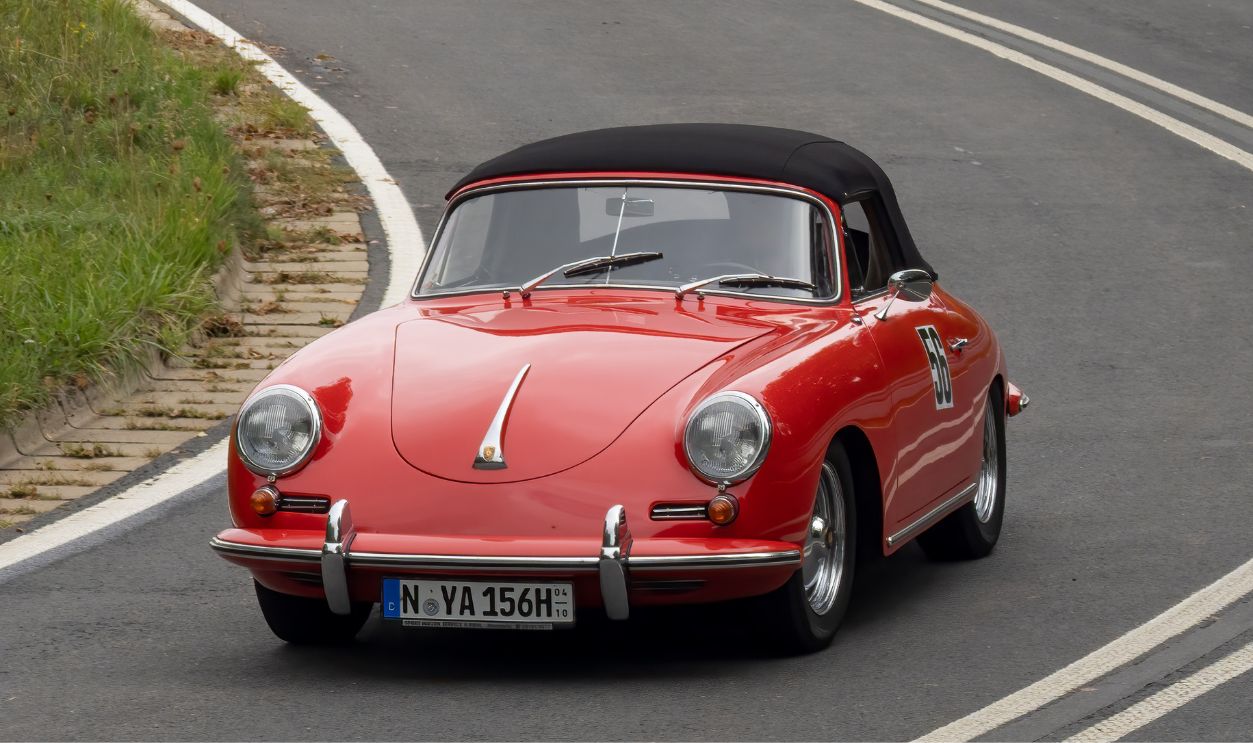 Reinhold Möller, CC BY-SA 4.0, Wikimedia Commons
Reinhold Möller, CC BY-SA 4.0, Wikimedia Commons
Master Of The Track
From its earliest days, the Porsche 356 participated in motorsport, competing in races like the Mille Miglia, the Carrera Panamericana, and of course, 24 Hours of Le Mans. With its lightweight, agile design and dependable performance, the automobile often outperformed larger and more powerful rivals.
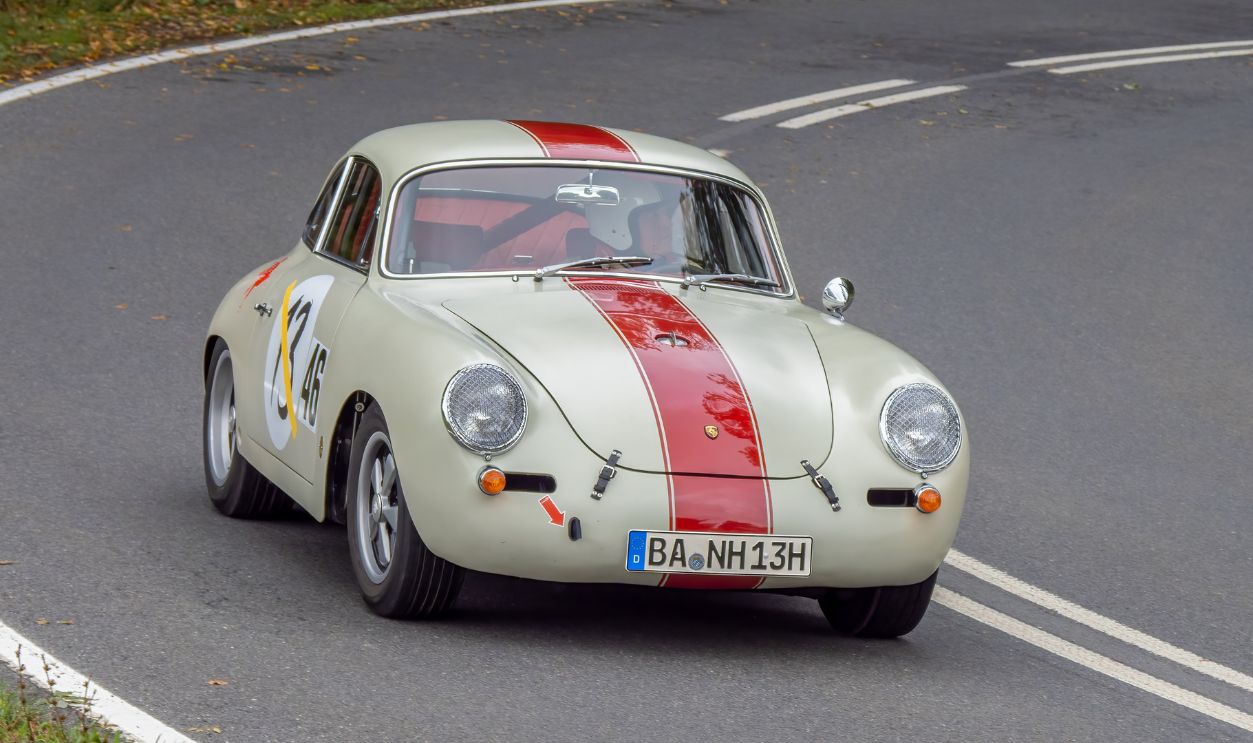 Reinhold Möller, CC BY-SA 4.0, Wikimedia Commons
Reinhold Möller, CC BY-SA 4.0, Wikimedia Commons
Porsche 911 Carrera RS 2.7
The Carrera RS, launched in 1973, succeeded in various racing events, including the European GT Championship. In its first season, it won seven national and three international championships. Somehow, Porsche was able to position the car for everyday use.
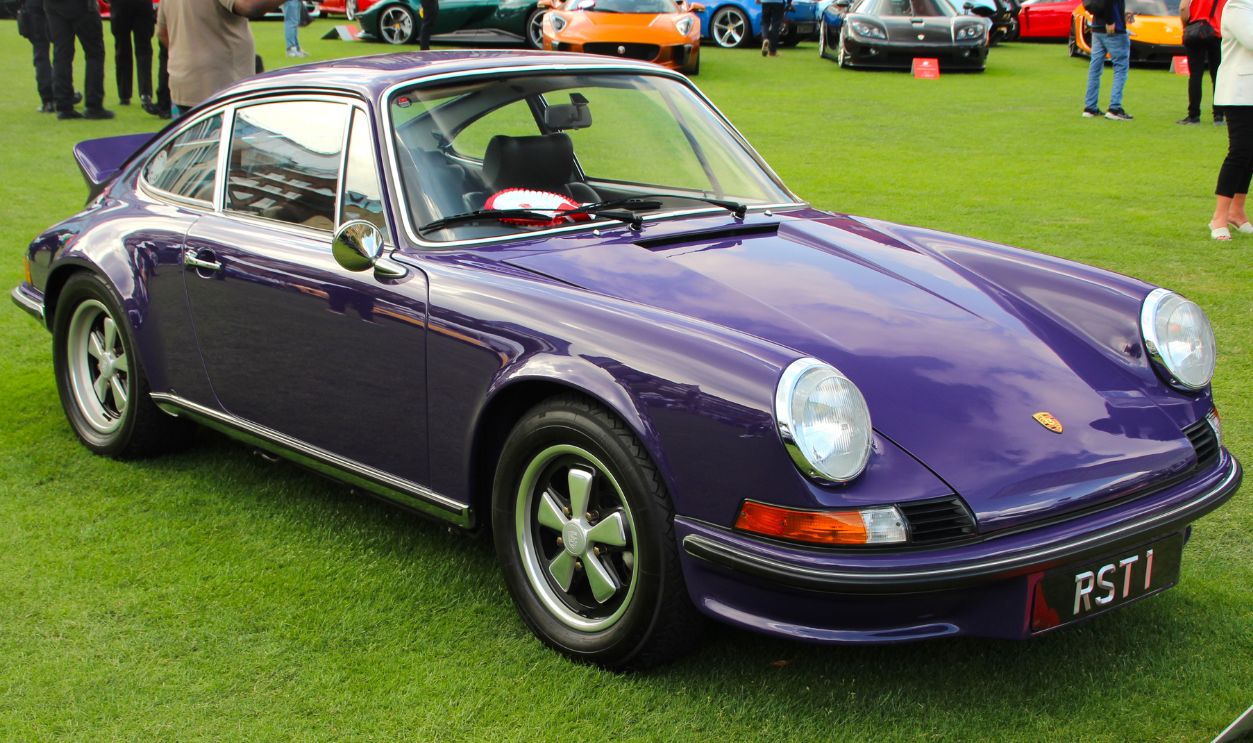 MrWalkr, CC BY-SA 4.0, Wikimedia Commons
MrWalkr, CC BY-SA 4.0, Wikimedia Commons
Lightweight Design Was Mind-Blowing
This vehicle was nimble and light. Porsche engineers shed off over 2,000 pounds, thereby improving its performance. They used thinner steel, lighter glass, minimalistic interior elements, and even featured a lightweight plastic rear bumper.
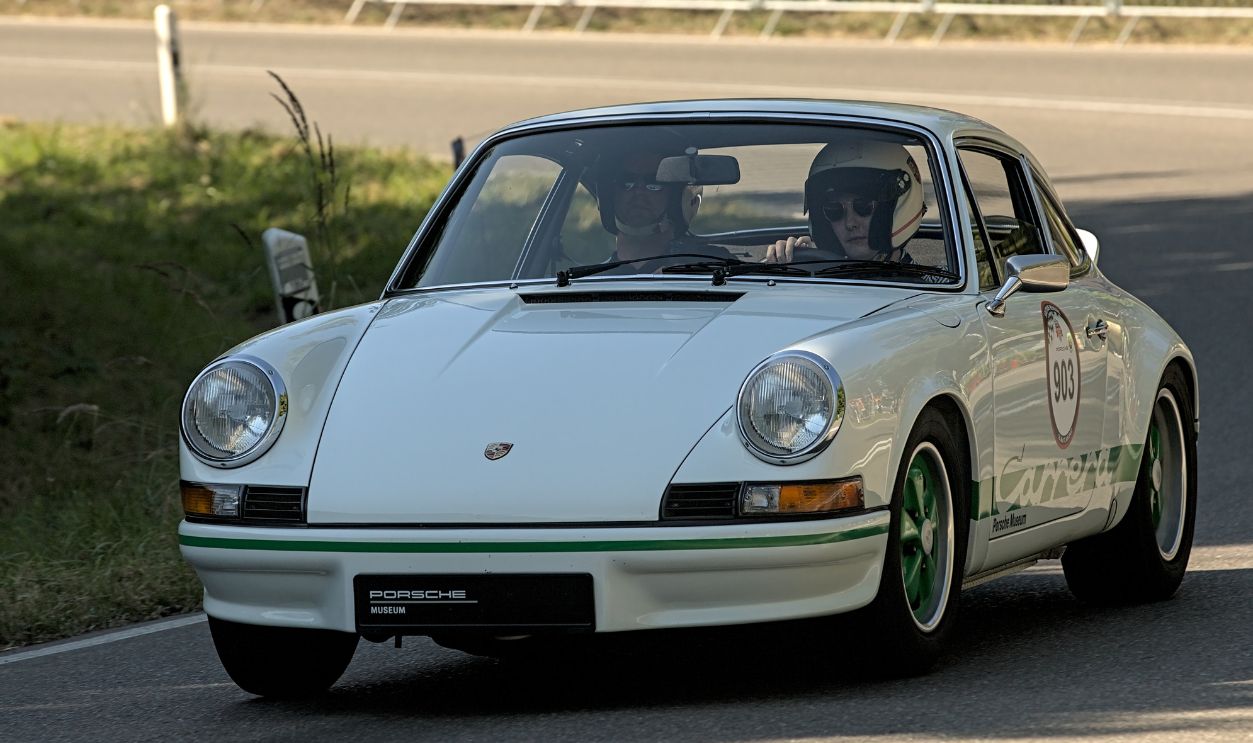 Alexander Migl, CC BY-SA 4.0, Wikimedia Commons
Alexander Migl, CC BY-SA 4.0, Wikimedia Commons
Porsche 917
This icon had one goal: to win endurance races. At its first appearance at the World Sportscar Championship, it struggled with high-speed stability. But Porsche refused to give up, and its patience paid off massively. In 1970, the car clinched Porsche's first overall victory at Le Mans.
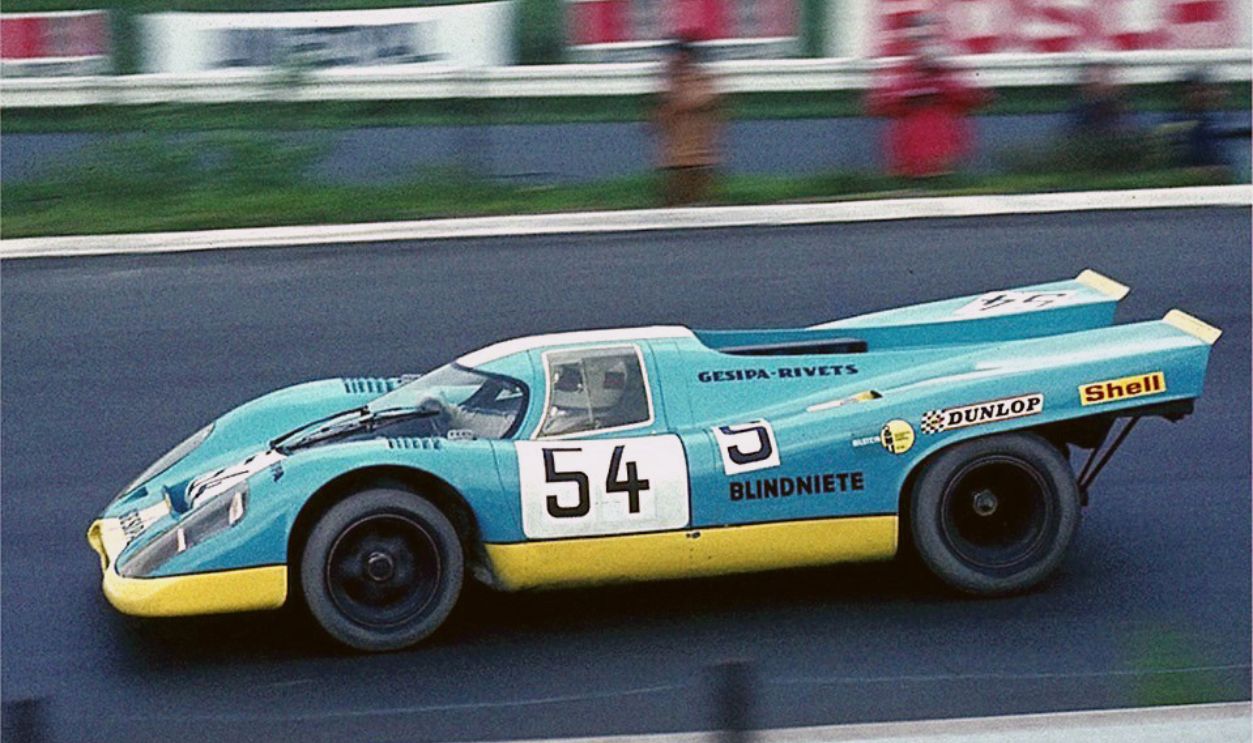 Unknown Author, CC BY-SA 2.0 de, Wikimedia Commons
Unknown Author, CC BY-SA 2.0 de, Wikimedia Commons
Partnership With Goodyear
The collaboration between Porsche and tire manufacturer Goodyear was another important factor in the 917's success. Understanding that endurance racing demanded speed and durability, Porsche partnered with Goodyear to develop tires that could handle high speeds and heavy loads over long distances.
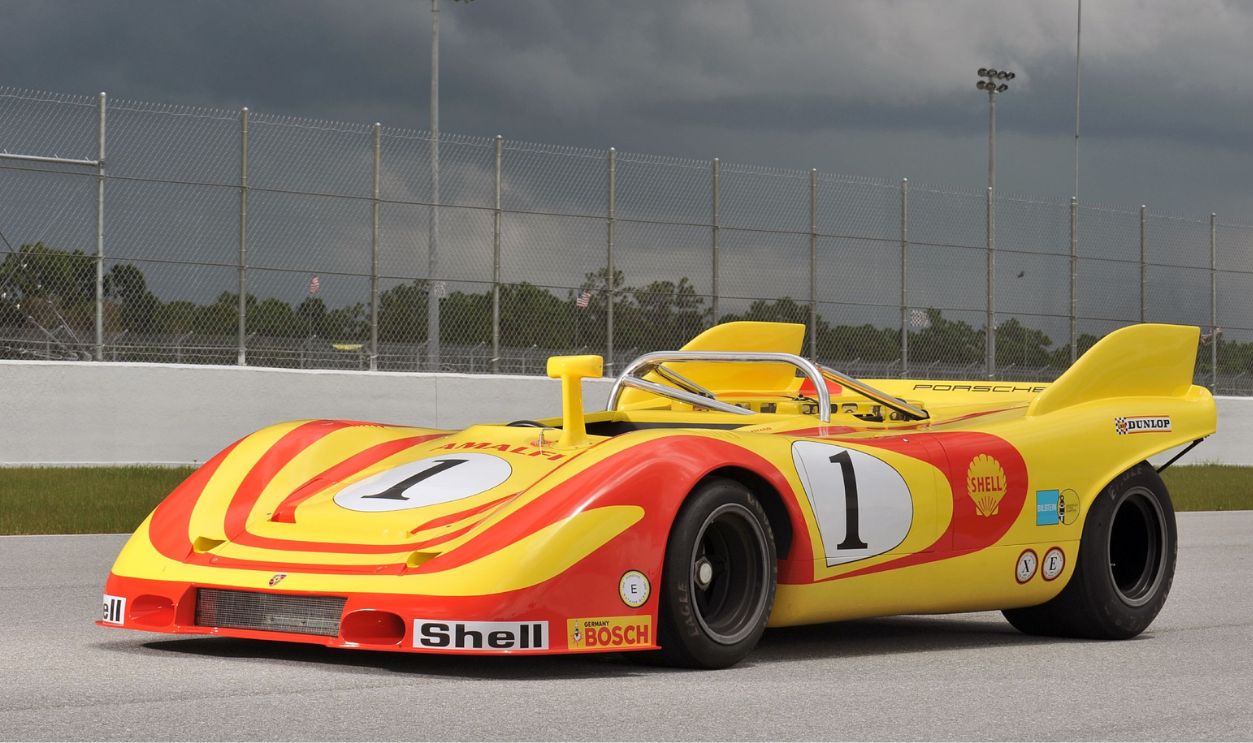 Roderick Eime, CC BY 2.0, Wikimedia Commons
Roderick Eime, CC BY 2.0, Wikimedia Commons
A 600-HP Powerful Flat-12 Engine
At its debut, the 917 had a 4.5-liter flat-12 engine. Later, its capacity was increased to 4.9 and 5.0 liters, producing between 580 and 600 horsepower. The engine and the car's lightweight construction gave the 917 an unparalleled power-to-weight ratio.
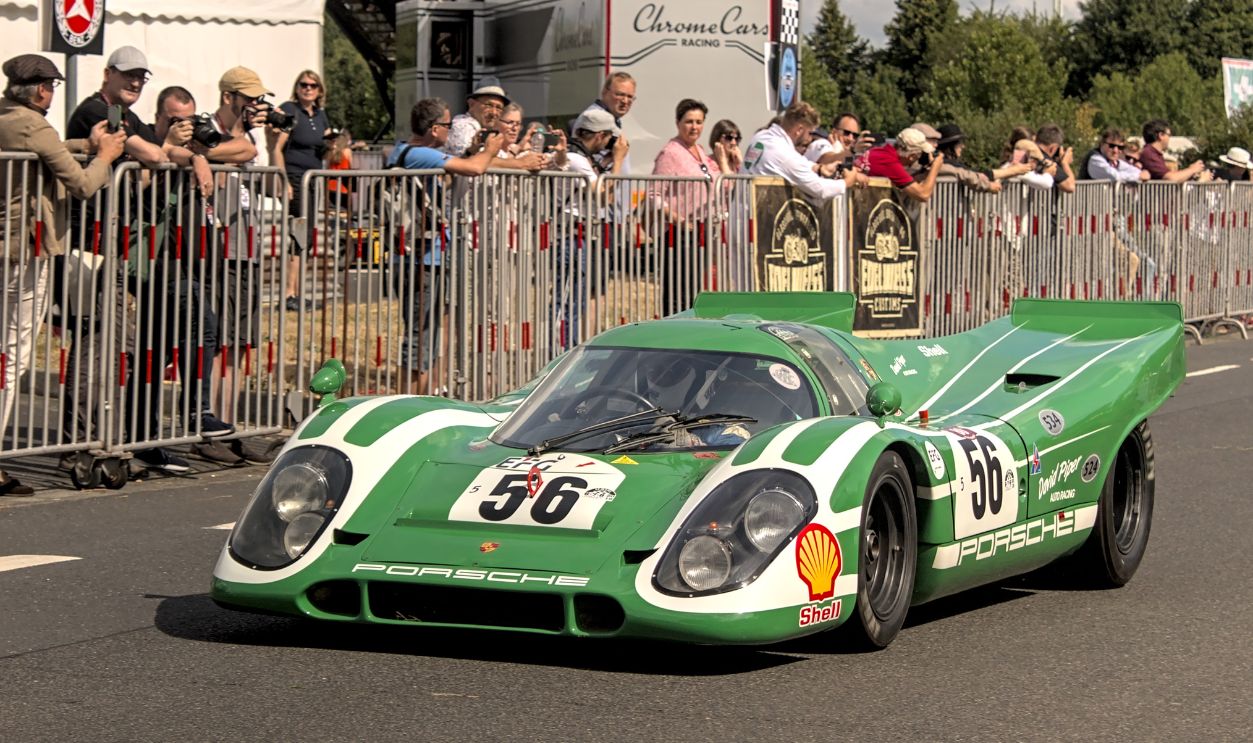 Alexander Migl, CC BY-SA 4.0, Wikimedia Commons
Alexander Migl, CC BY-SA 4.0, Wikimedia Commons
Porsche Cayman GT4
This high-performance sports car bridged the gap between the more standard Cayman models and Porsche's higher-end 911 range. The Cayman GT4 was developed by Porsche's Motorsport division and features a 385-horsepower 3.8-liter flat-six engine sourced from the 911 Carrera S.
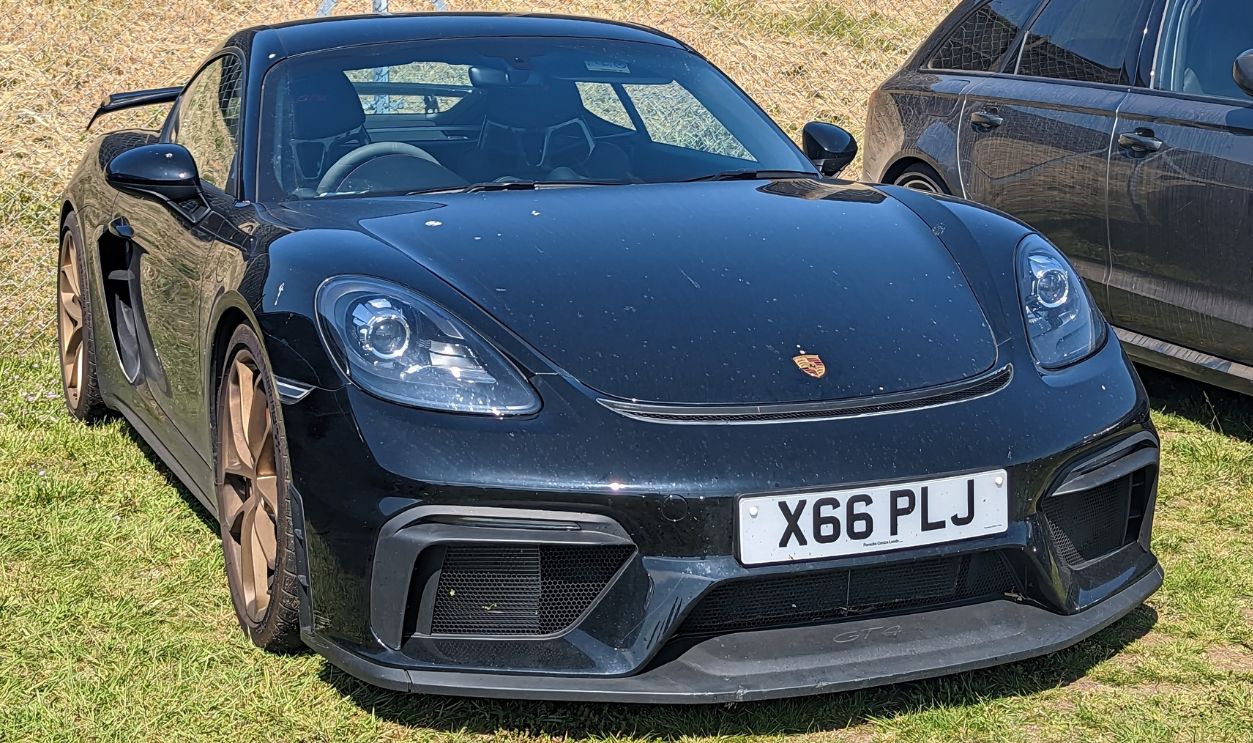 Calreyn88, CC BY-SA 4.0, Wikimedia Commons
Calreyn88, CC BY-SA 4.0, Wikimedia Commons
Exclusive Use of A Manual Transmission
Though many high-performance cars were shifting towards automated dual-clutch transmissions for faster shift times, Porsche settled for a manual gearbox for the GT4. Remember Fast and Furious? Many drivers appreciated the decision because manual transmissions are more engaging.
 ilikewaffles11, CC BY 2.0, Wikimedia Commons
ilikewaffles11, CC BY 2.0, Wikimedia Commons
Affordability Compared To Other Models
Despite sharing some parts with more expensive Porsche models, the GT4's lower price point makes it accessible to more customers. Top on the list are thrill-loving drivers who choose the Cayman for high-performance capability as well.
 6godszoke, CC BY-SA 4.0, Wikimedia Commons
6godszoke, CC BY-SA 4.0, Wikimedia Commons
Porsche Carrera GT
Porsche officially launched the Carrera GT in 2004. The vehicle featured a 603-horsepower 5.7-liter V10 engine, and its top speed of 208 mph wasn't bad for the time. Its six-speed manual transmission was included probably to reproduce the success of the GT4.
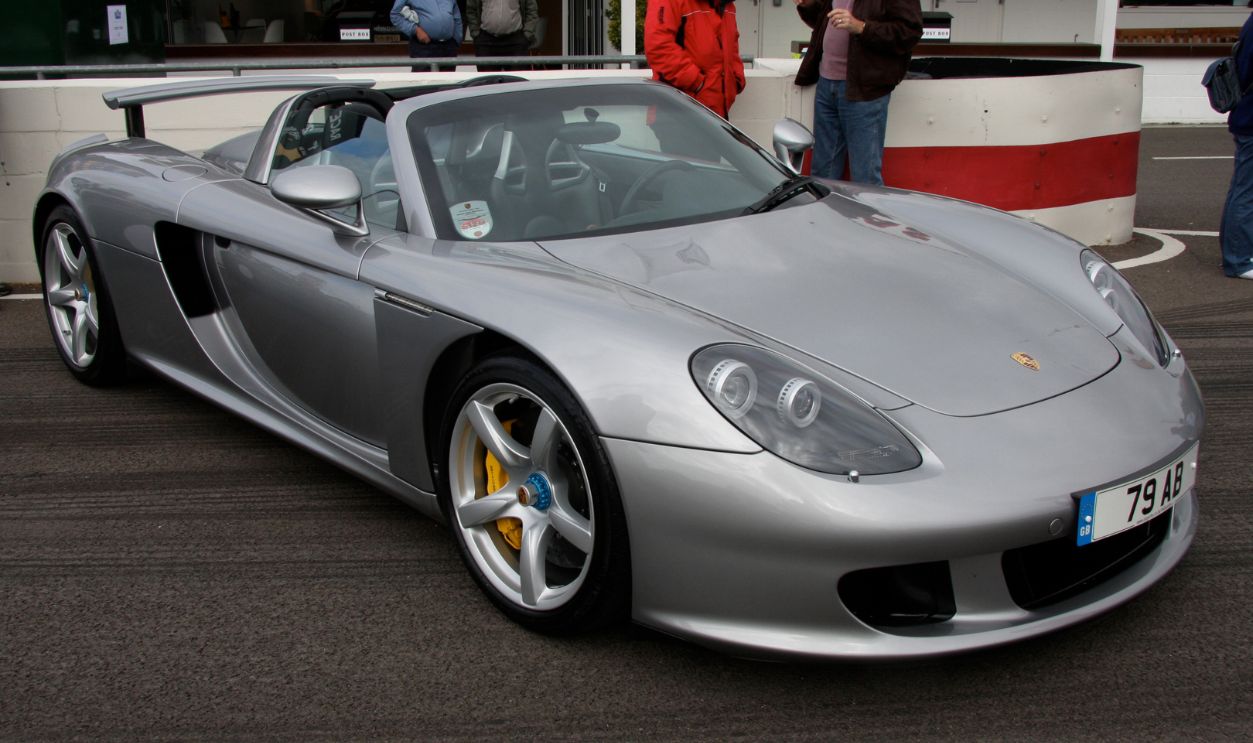 Brian Snelson, CC BY 2.0, Wikimedia Commons
Brian Snelson, CC BY 2.0, Wikimedia Commons
Design And Aerodynamics
The Carrera also has an appealing design that complements its performance. A low-slung body and large rear wing were added for beauty and to provide downforce and stability at high speeds. The open-top design, with removable roof panels, added to the thrill.
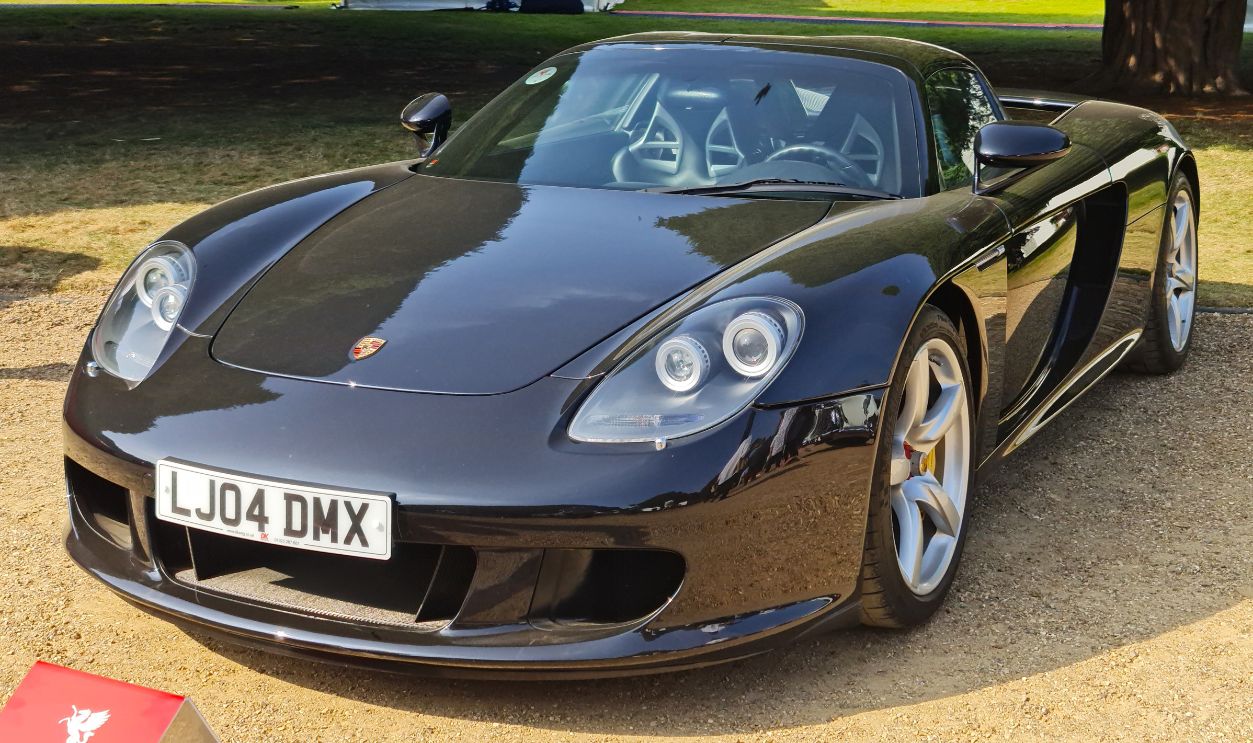 MrWalkr, CC BY-SA 4.0, Wikimedia Commons
MrWalkr, CC BY-SA 4.0, Wikimedia Commons
Limited Production And Exclusivity
Porsche understood that an increase in supply leads to a decrease in a product's value. So, to attract more customers, the brand began offering exclusive value. The Carrera succeeded at this because its production was limited—only about 1,270 units were produced.
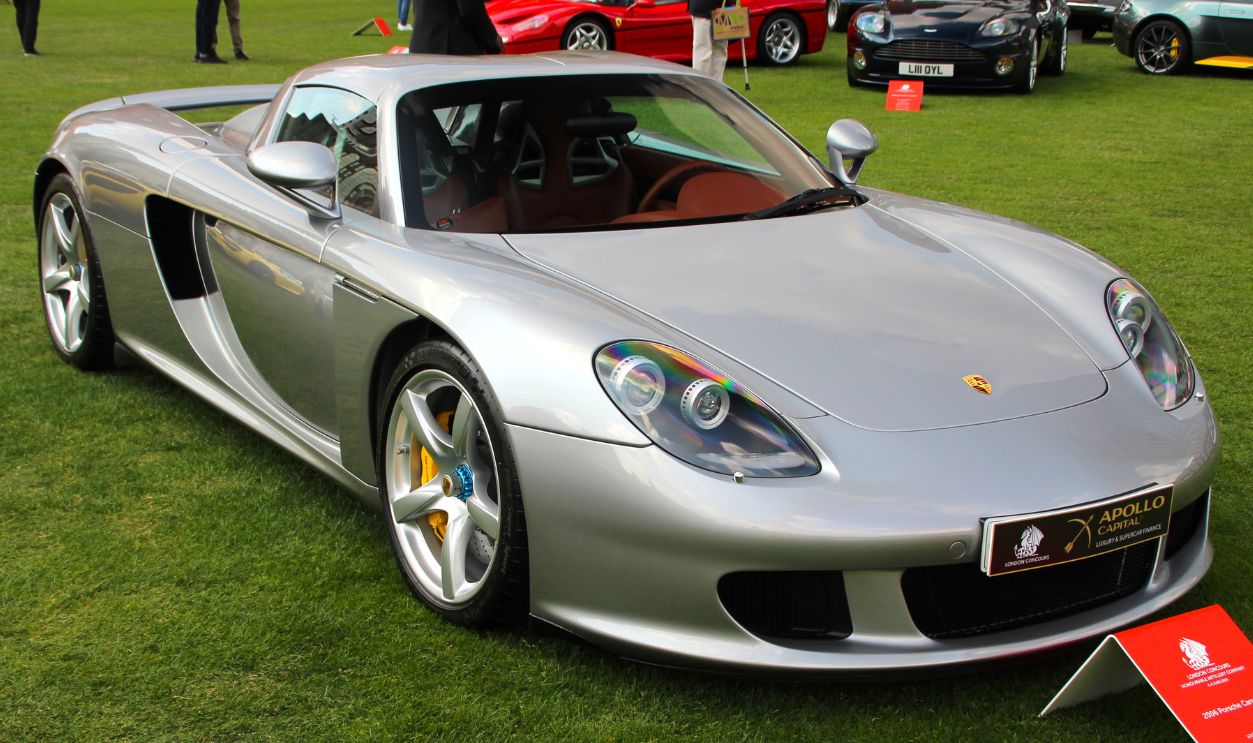 MrWalkr, CC BY-SA 4.0, Wikimedia Commons
MrWalkr, CC BY-SA 4.0, Wikimedia Commons
Porsche 911 R
Looking at Porsche, we may conclude that the brand loves the unconventional. And this is one reason it is successful. Whereas most performance cars featured automated systems and turbocharged engines, the 911 R stuck to a naturally aspirated engine and manual transmission.
 Brian Snelson, CC BY 2.0, Wikimedia Commons
Brian Snelson, CC BY 2.0, Wikimedia Commons
Nostalgic Design Elements
But Porsche wasn't done with the 911 R. It complemented the purist experience with nostalgic design elements like elegant lines, a minimalist driver-focused interior, and the iconic Porsche stripes borrowed from classic models. And fans of vintage vehicles were smitten.
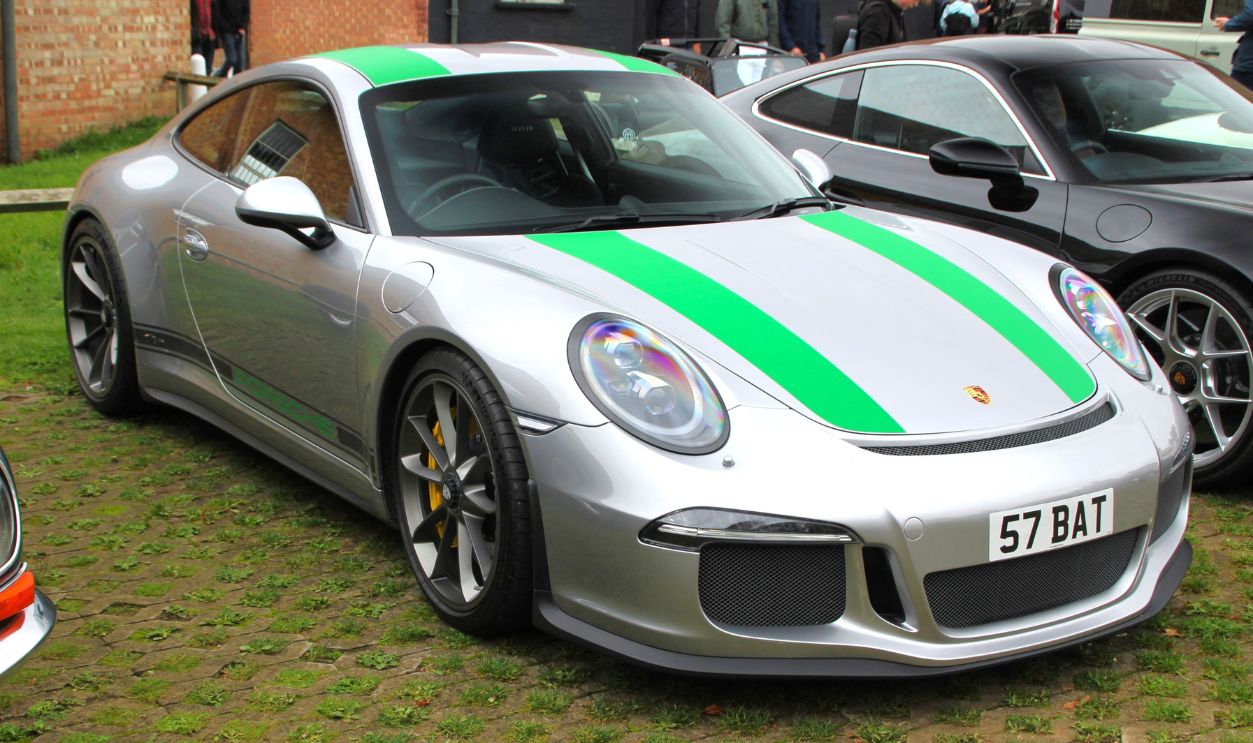 MrWalkr, CC BY-SA 4.0, Wikimedia Commons
MrWalkr, CC BY-SA 4.0, Wikimedia Commons
Fans Love The Sound
Beastly engines weren't new to Porsche's assembly line. The 911 R's naturally aspirated 500-horsepower 4.0-liter flat-six engine delivered an exceptional sound that's soothing and almost imperceptible. This engine wasn't going to be silenced like turbochargers. It wanted to be heard every rev of the way.
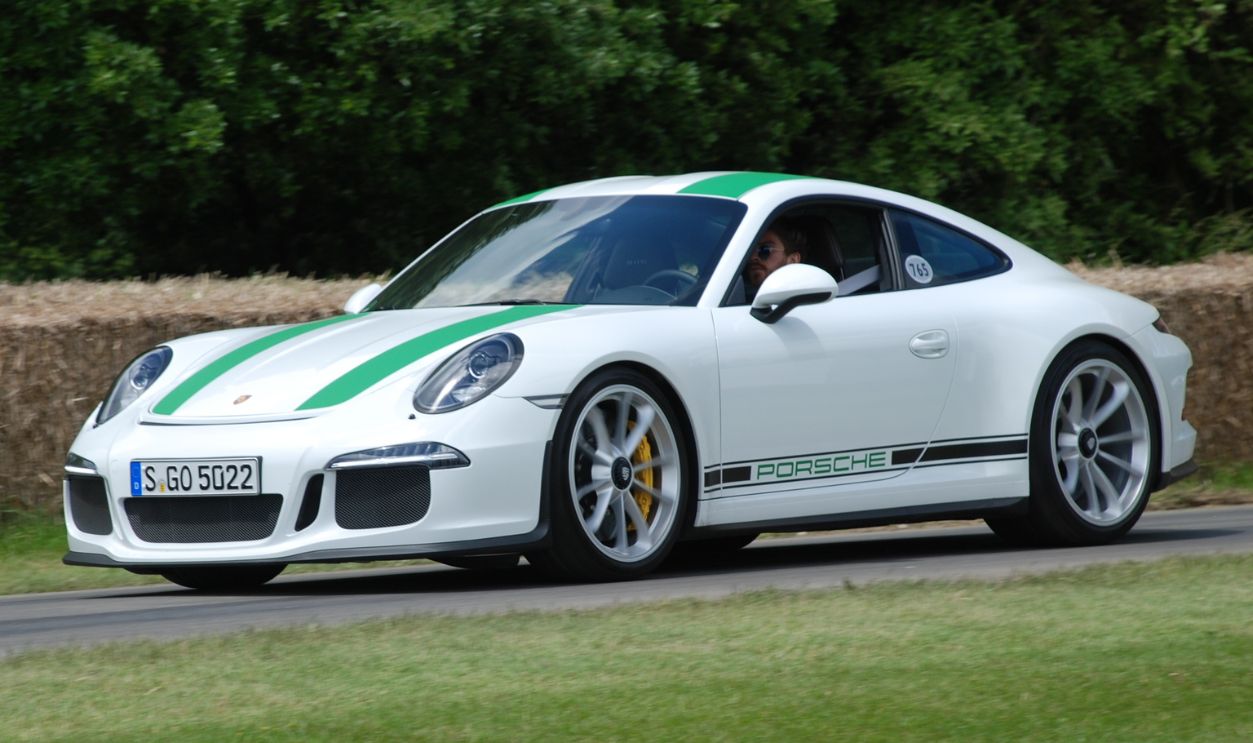 Matthew Lamb, CC BY-SA 2.0, Wikimedia Commons
Matthew Lamb, CC BY-SA 2.0, Wikimedia Commons
Porsche Boxster
For Porsche, success was both dynamic and reproducible. And so, not satisfied with 911's success, the brand sought more challenges and success. The Boxster was launched to expand Porsche's market share beyond the high-end 911. Its design took inspo from both Porsche 550 Spyder and the 356 Speedster.
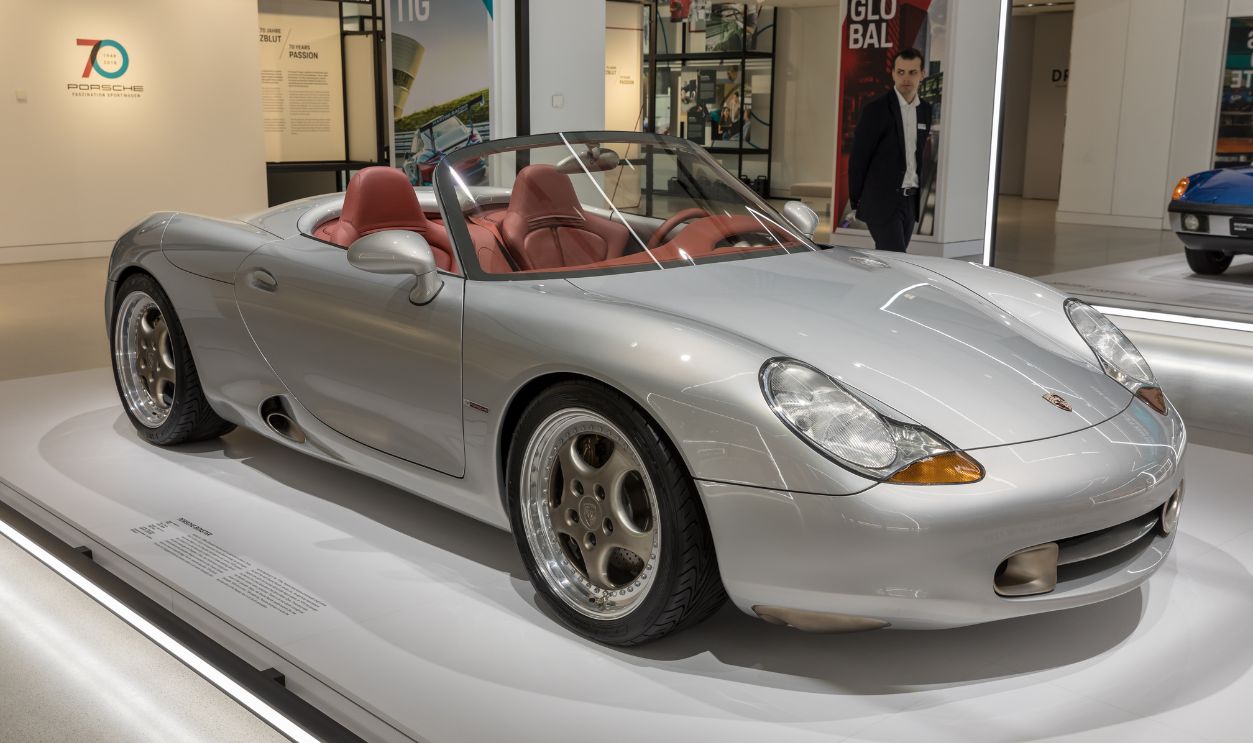 Matti Blume, CC BY-SA 4.0, Wikimedia Commons
Matti Blume, CC BY-SA 4.0, Wikimedia Commons
The Mid-Engine Layout
To make the adventure more challenging, Porsche proposed releasing the Boxster with a mid-engine layout. The experiment—or should we say gamble—worked, and the car became Porsche's first road vehicle since the 914 to feature this configuration. Mid-engines provided a lower center of gravity and near-perfect weight distribution.
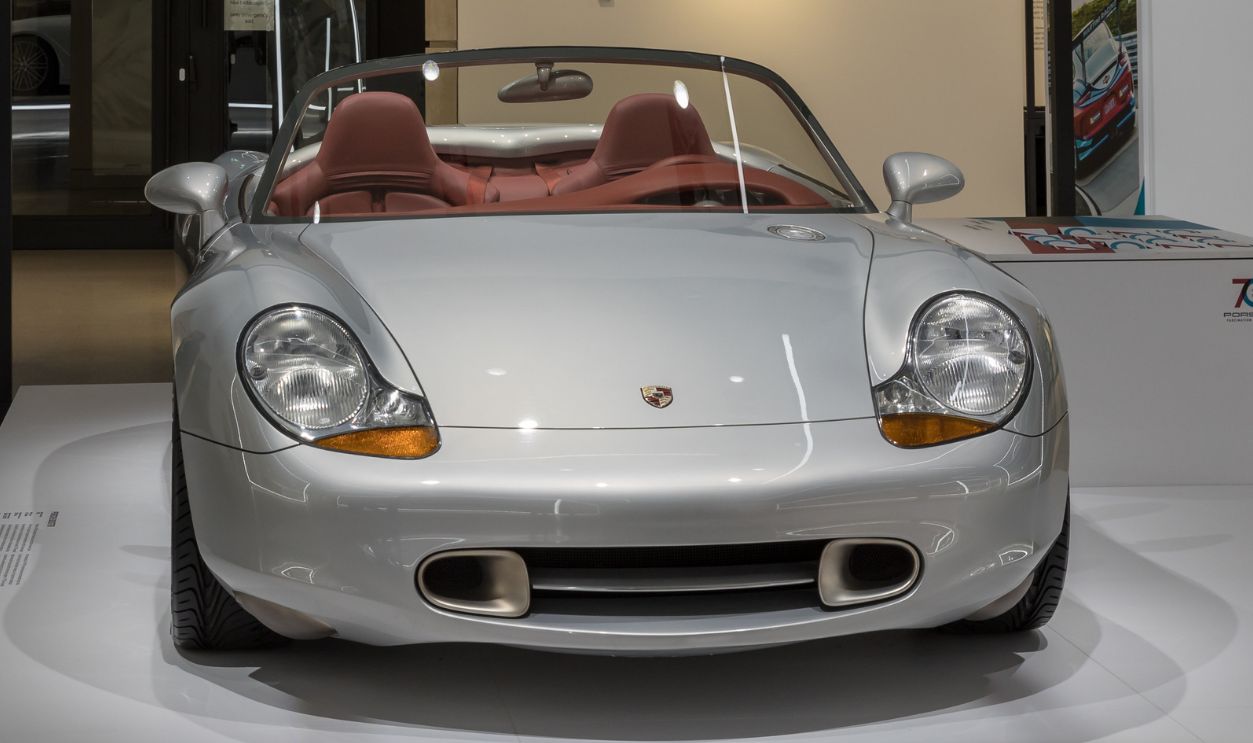 Matti Blume, CC BY-SA 4.0, Wikimedia Commons
Matti Blume, CC BY-SA 4.0, Wikimedia Commons
Heritage-Inspired Design
Although the Porsche Boxster was a modern car in every sense, its design still reflected the company's heritage. The styling cues imported from iconic models like the 550 Spyder and the 356 Speedster excited longtime Porsche fans and new buyers, and the car's appeal was almost irresistible.
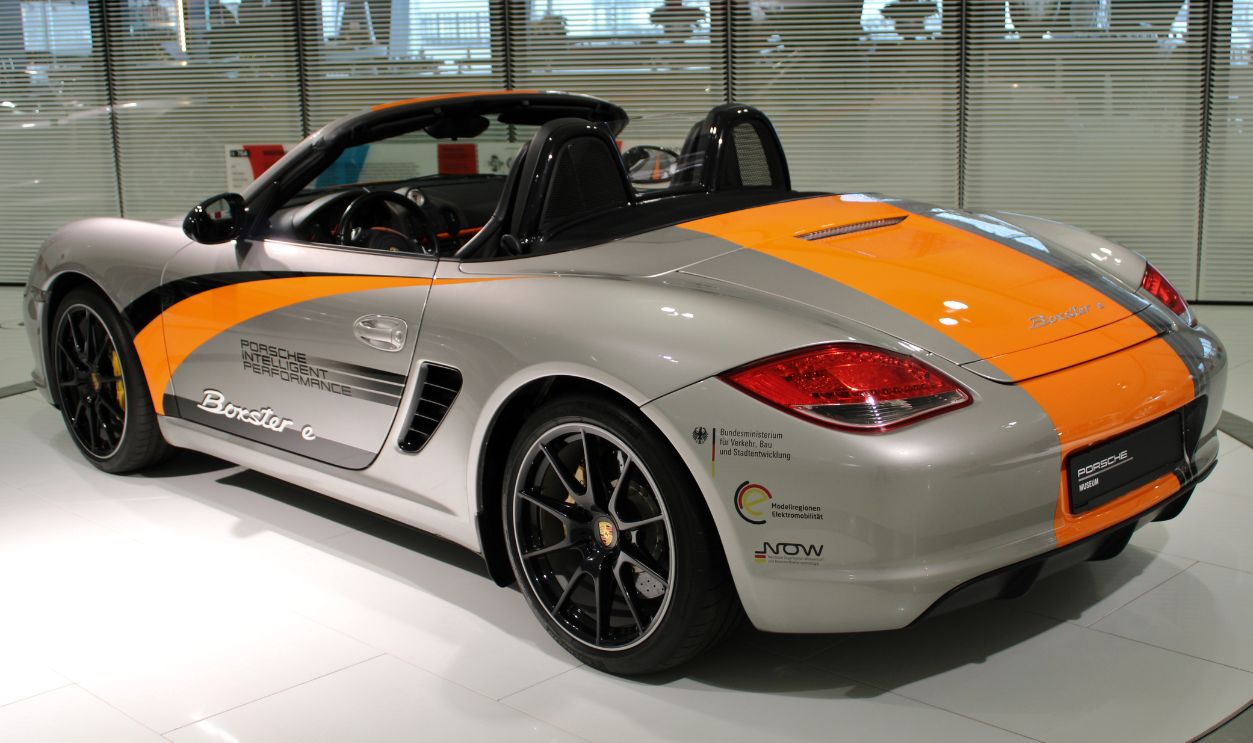 Alexander Migl, CC BY-SA 4.0, Wikimedia Commons
Alexander Migl, CC BY-SA 4.0, Wikimedia Commons
Porsche 944 Turbo
Another name for the 944 Turbo was 951. Its engine was a 217-horsepower 2.5-liter inline-four with a single turbocharger. Unlike many contemporary turbocharged engines, the 944's engine was known for its smooth power delivery and minimal turbo lag.
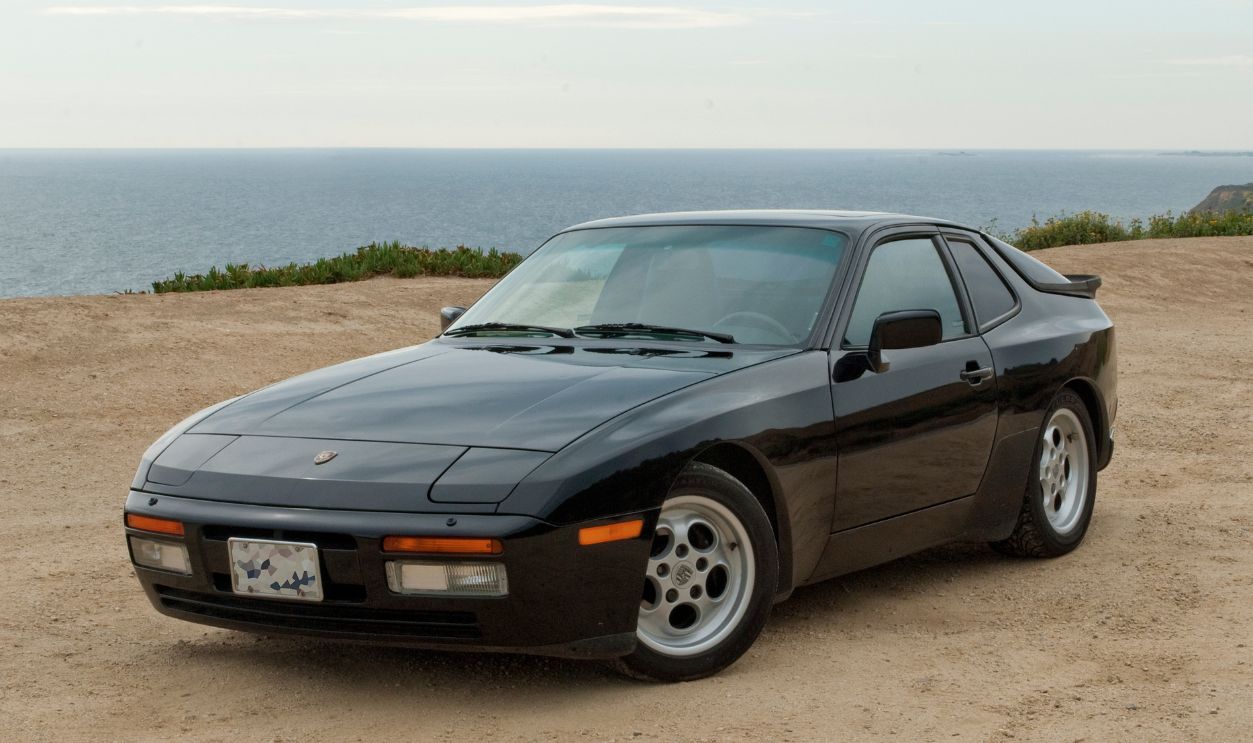 Daniel J. Leivick, CC BY-SA 3.0, Wikimedia Commons
Daniel J. Leivick, CC BY-SA 3.0, Wikimedia Commons
Exceptional Handling
Porsche engineers were proud of the 944's handling characteristics, and rightly so. They had placed the transaxle gearbox at the rear of the car, thus achieving nearly 50:50 weight distribution. The car's steering was also precise, and its suspension system was finely tuned.
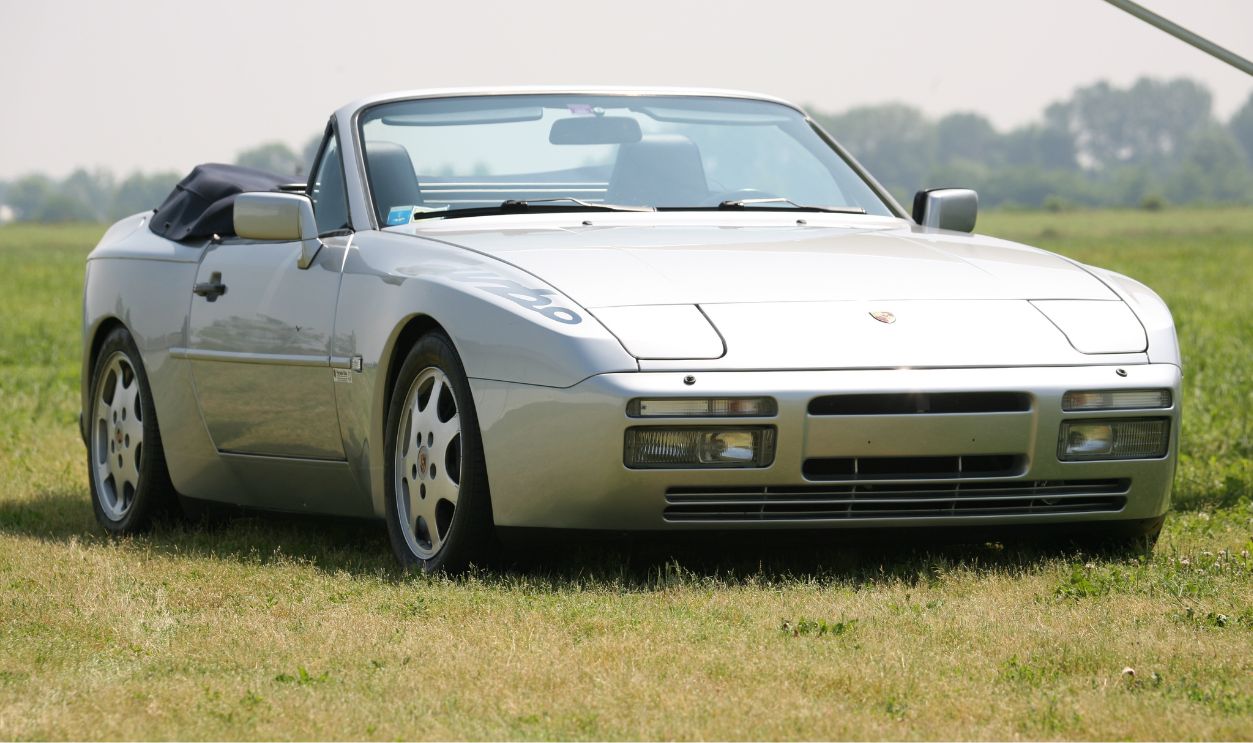 Unknown Aurthor, CC0, via Wikimedia Commons
Unknown Aurthor, CC0, via Wikimedia Commons
Racing Pedigree And Motorsport Success
One of its most significant victories was in the Porsche 944 Turbo Cup series launched in 1986. Additionally, the Turbo made its mark at the 24 Hours of Le Mans and some other endurance events like the 12 Hours of Sebring and in SCCA races.
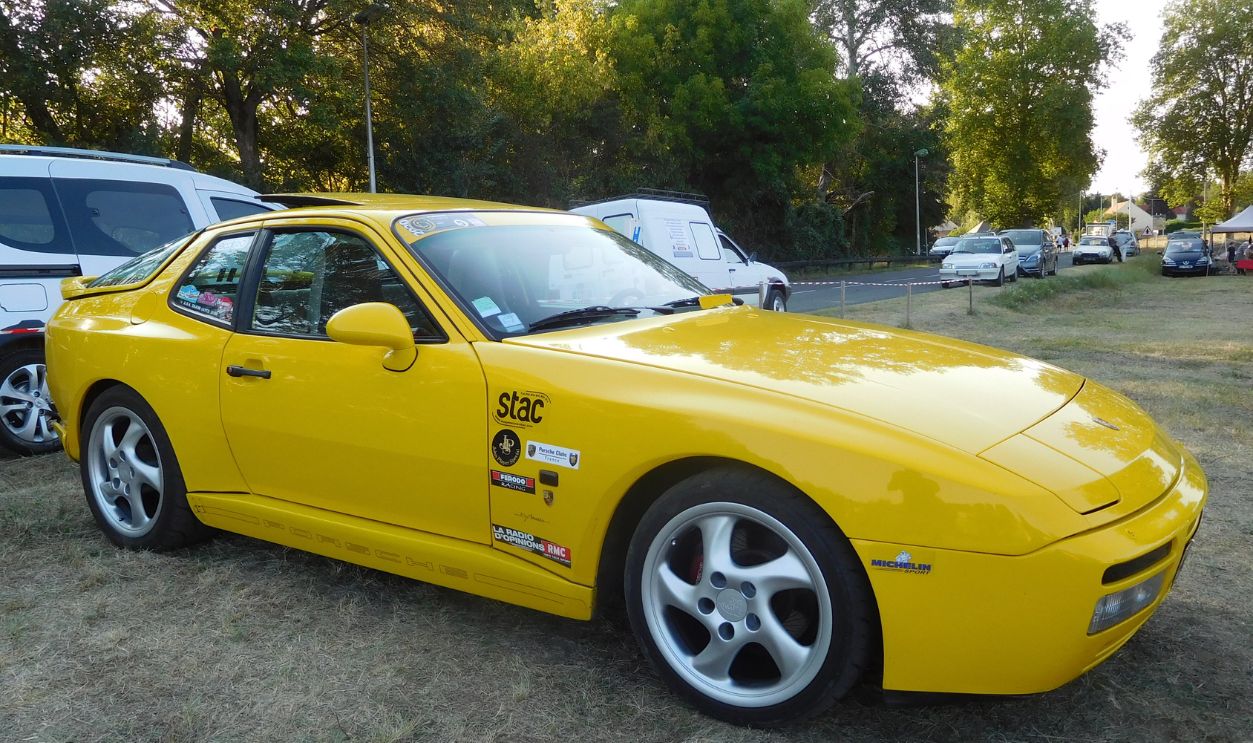 Cjp24, CC BY-SA 4.0, Wikimedia Commons
Cjp24, CC BY-SA 4.0, Wikimedia Commons
Porsche Taycan
Another successful Porsche was the Taycan, introduced in 2019. It represented the brand's venture into the all-electric vehicle market. The model rose on an all-new platform, and Taycan immediately established itself as a strong competitor in the luxury electric vehicle segment.
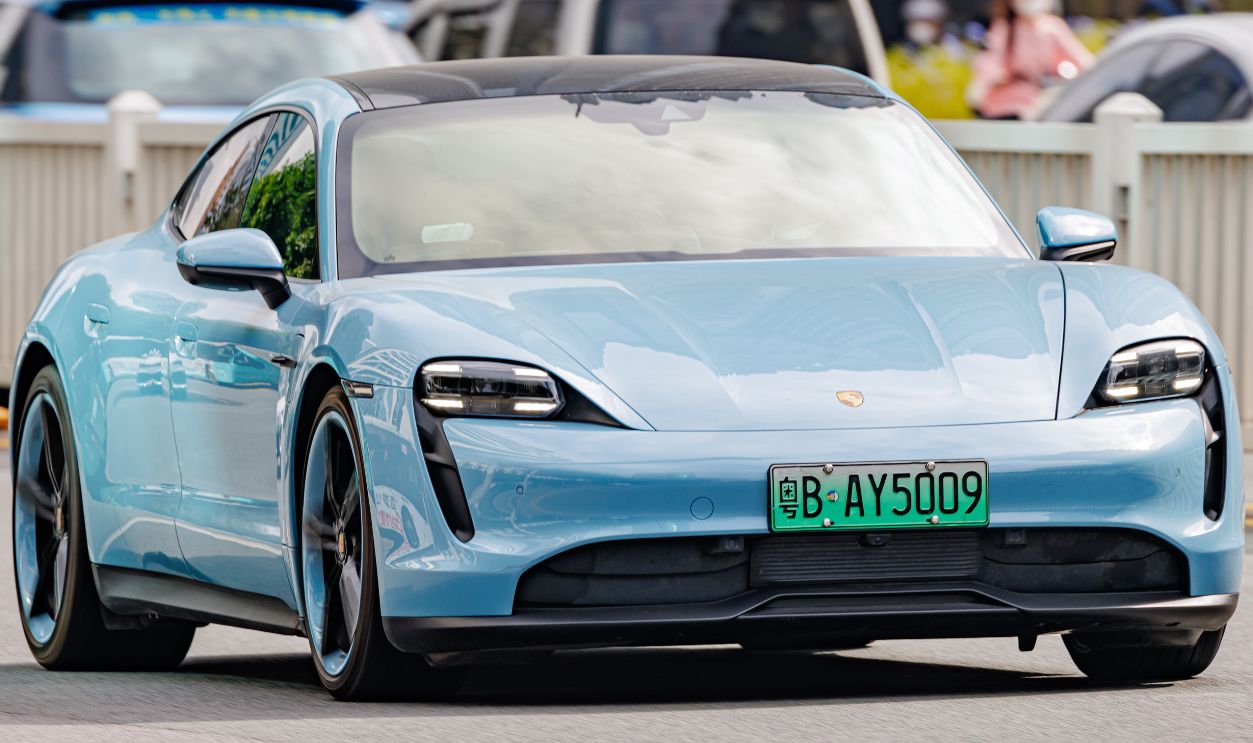 Dinkun Chen, CC BY-SA 4.0, Wikimedia Commons
Dinkun Chen, CC BY-SA 4.0, Wikimedia Commons
Innovative Technology
Several innovative technologies have been incorporated into this EV. Taycan was the first production car to utilize an 800-volt electrical architecture for faster charging times and improved performance. The vehicle also features a two-speed transmission on the rear axle, enhancing acceleration and efficiency at higher speeds.
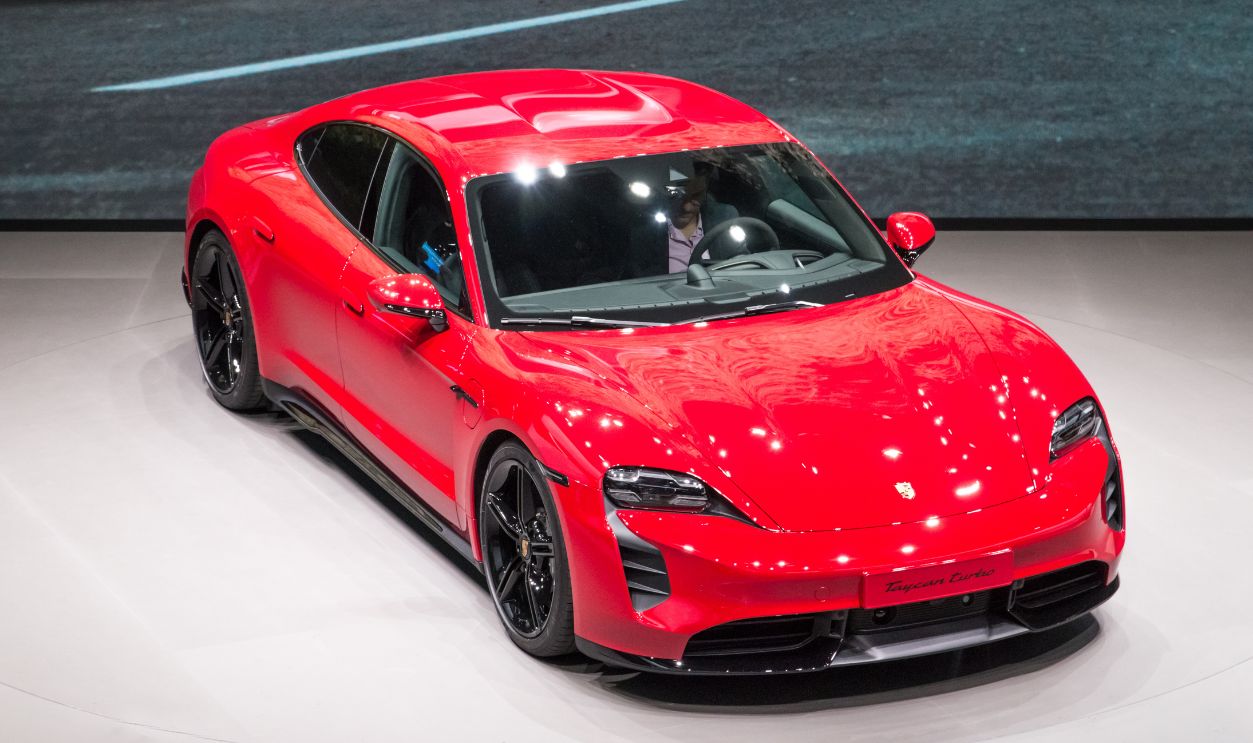 Johannes Maximilian, CC BY-SA 4.0, Wikimedia Commons
Johannes Maximilian, CC BY-SA 4.0, Wikimedia Commons
Environmental Sustainability
Taycan succeeded because it aligned with growing environmental concerns among consumers. By producing zero tailpipe emissions, the car contributed to a decrease in greenhouse gasses and other pollutants. Porsche has also committed to using sustainable materials in Taycan's construction, such as recycled and vegan-friendly options for the interior.
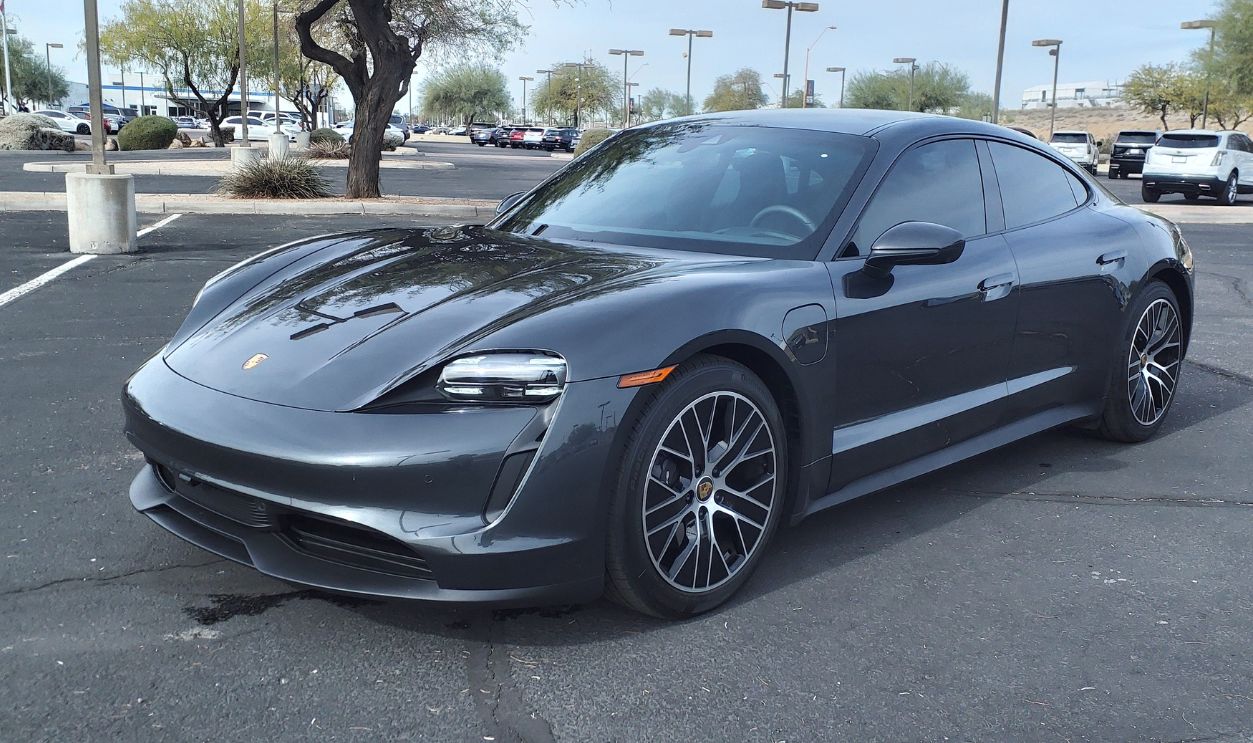 HJUdall, CC0, Wikimedia Commons
HJUdall, CC0, Wikimedia Commons
Porsche 911 GT2 RS
For Porsche, winning isn't new. In 2018, the Manthey-Racing, a modified version of the RS, set a new lap record of 6 minutes 40.3 seconds for road-legal cars at the Nürburgring Nordschleife. Many other endurance races have also witnessed the power of the GT2.
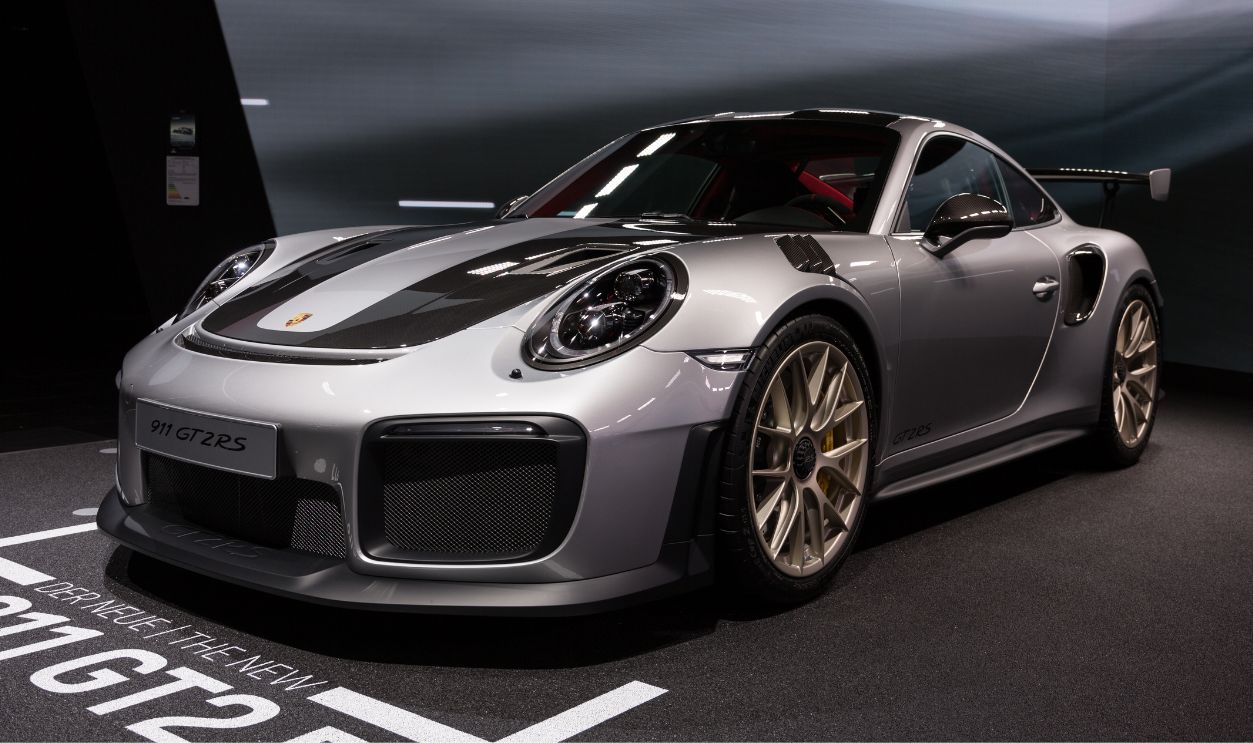 Matti Blume, CC BY-SA 4.0, Wikimedia Commons
Matti Blume, CC BY-SA 4.0, Wikimedia Commons
Unmatched Performance
Indeed, this car should be respected for its staggering performance capabilities. With a 700-horsepower 3.8-liter twin-turbocharged flat-six engine, it rockets 0 to 60 mph in under 3 seconds. Its top speed of 211 mph also demonstrates its supremacy on the track.
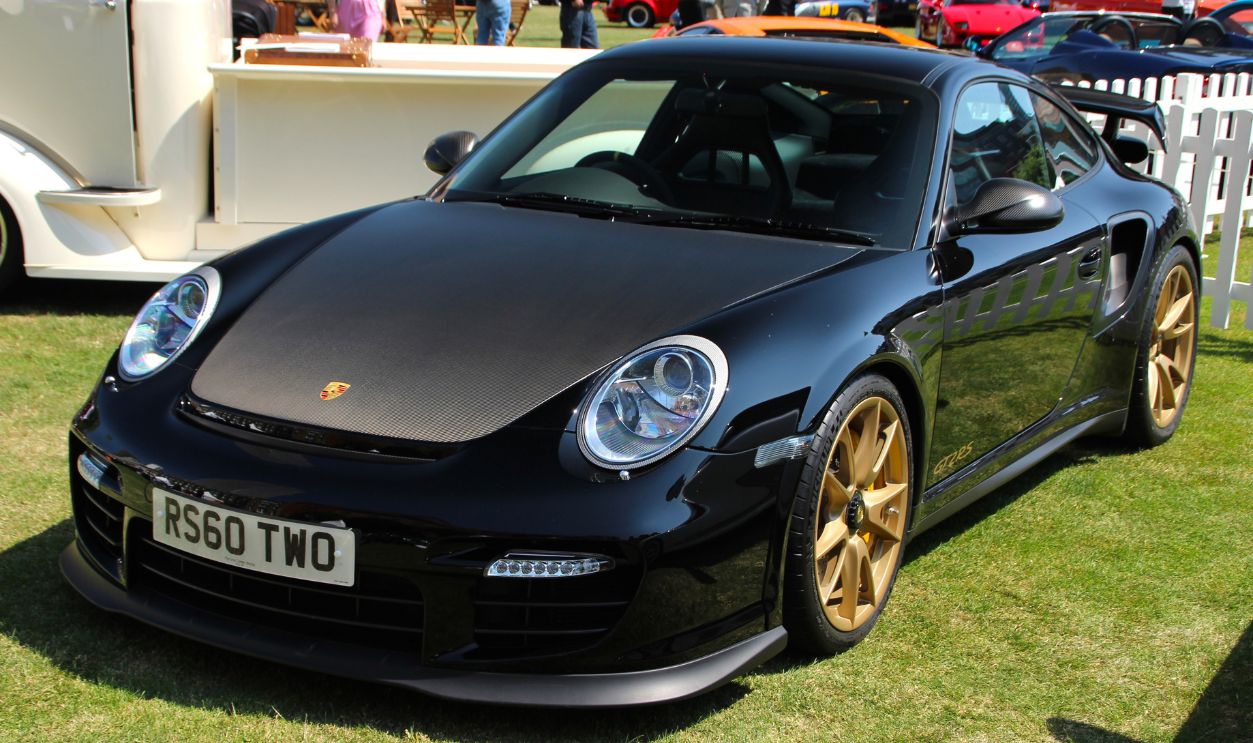 MrWalkr, CC BY-SA 4.0, Wikimedia Commons
MrWalkr, CC BY-SA 4.0, Wikimedia Commons
Lightweight Engineering
Race cars don't joke with weights. That's why the GT2 RS paid attention to its lightweight construction, which enhances its agility and performance. Porsche utilized carbon fiber, magnesium, and aluminum to reduce the car's weight to 3,241 pounds. Adding the Weissach Package also shaved off more weight.
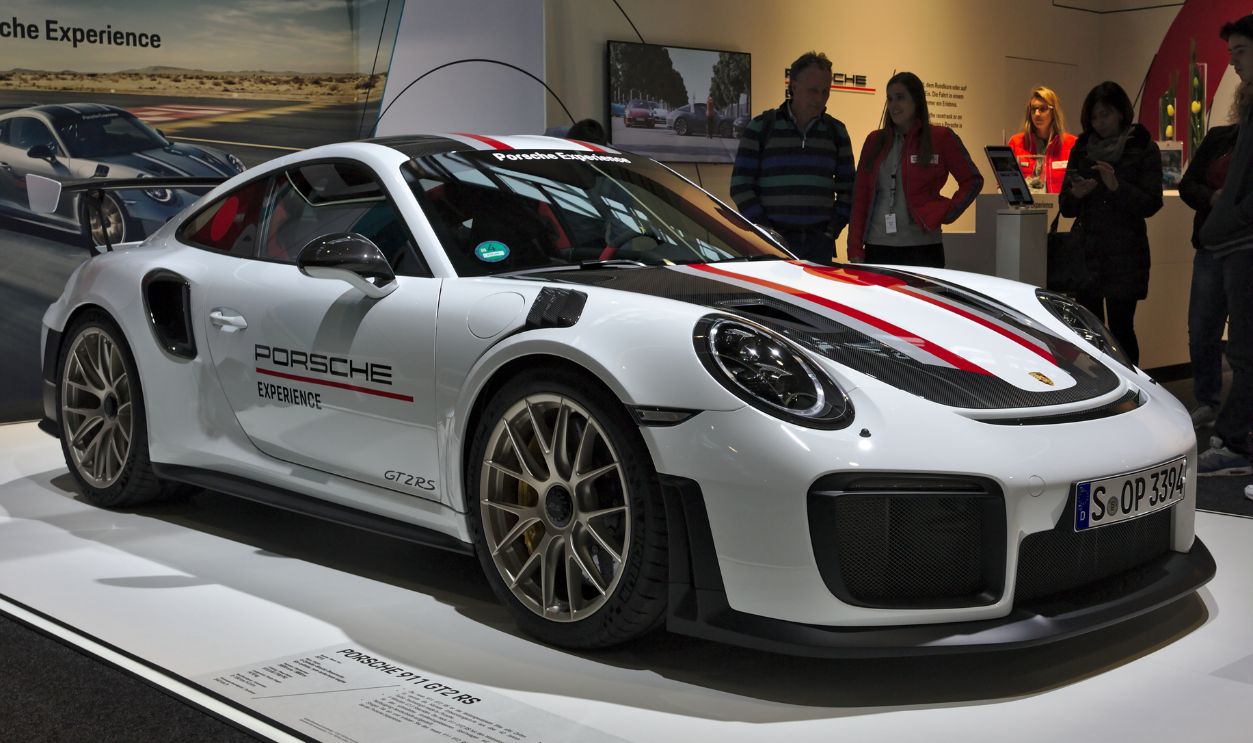 Alexander Migl, CC BY-SA 4.0, Wikimedia Commons
Alexander Migl, CC BY-SA 4.0, Wikimedia Commons
Porsche 911 GT3 RS
Lastly, as a high-performance variant of the Porsche 911, the GT3 RS was known for its track-oriented design. It features a large rear wing, aggressive front splitters, and various air intakes and outlets that control airflow. Porsche's engineers also included a naturally aspirated engine.
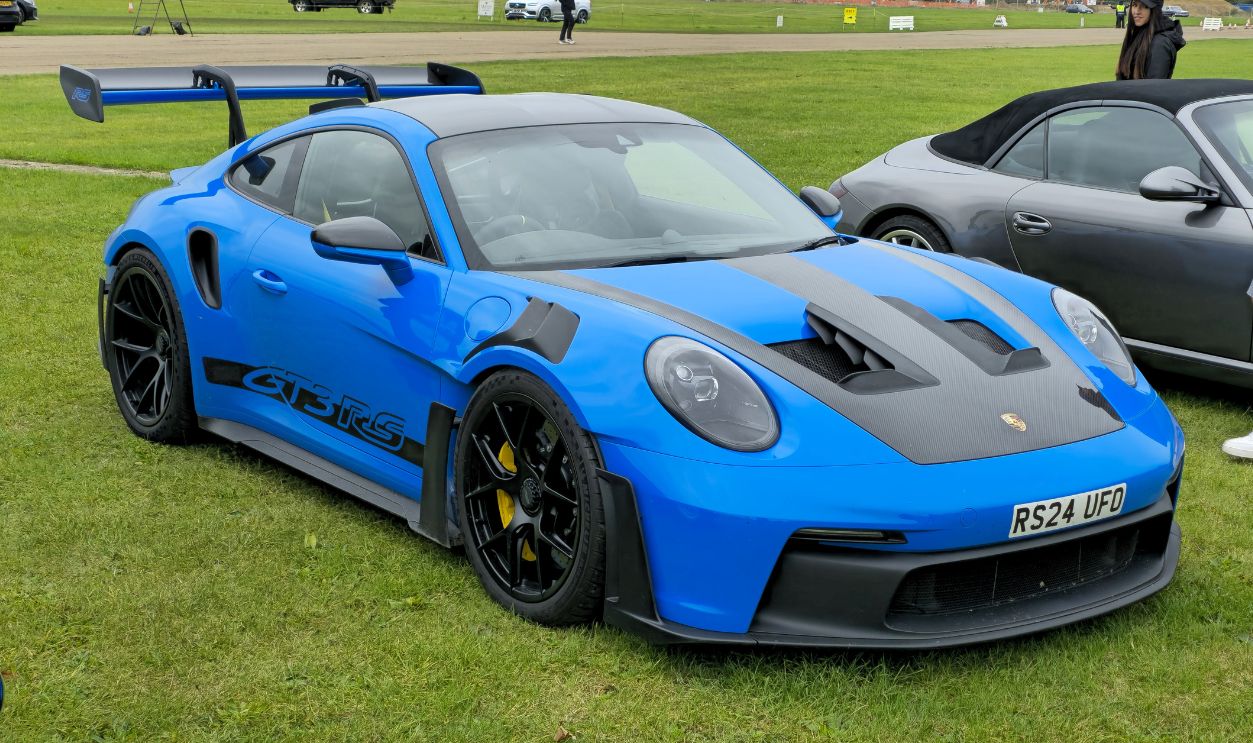 MrWalkr, CC BY-SA 4.0, Wikimedia Commons
MrWalkr, CC BY-SA 4.0, Wikimedia Commons
Porsche Motorsport Heritage
The 911 GT3 RS doesn't need to reinvent the wheel. Instead, it enjoys Porsche's motorsport heritage. Lessons learned from Porsche's many racing outings, like the 24 Hours of Le Mans, have been applied in developing the RS, earning it the success it deserves.
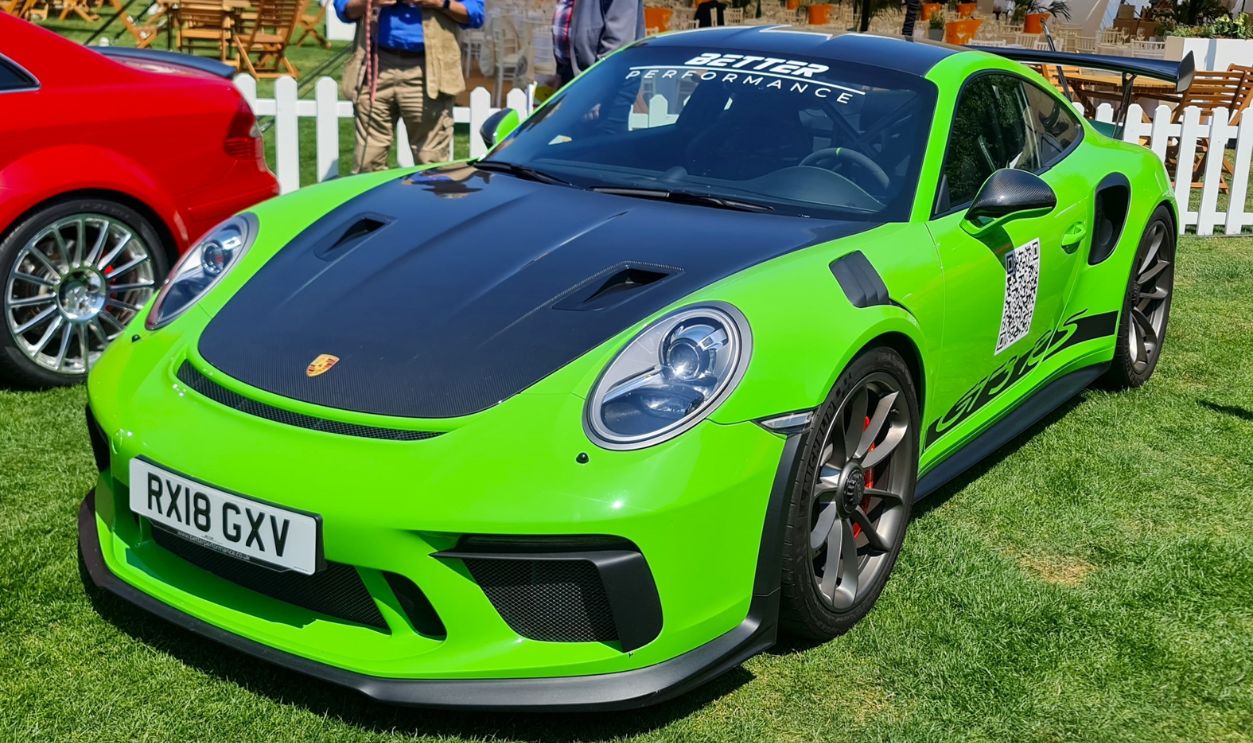 MrWalkr, CC BY-SA 4.0, Wikimedia Commons
MrWalkr, CC BY-SA 4.0, Wikimedia Commons
Limited Production And Exclusivity
To make sure each model remains a rare and sought-after commodity, Porsche produces the GT3 RS in relatively small numbers. This helps the company enhance the car's appeal and maintain its value as time goes by.


